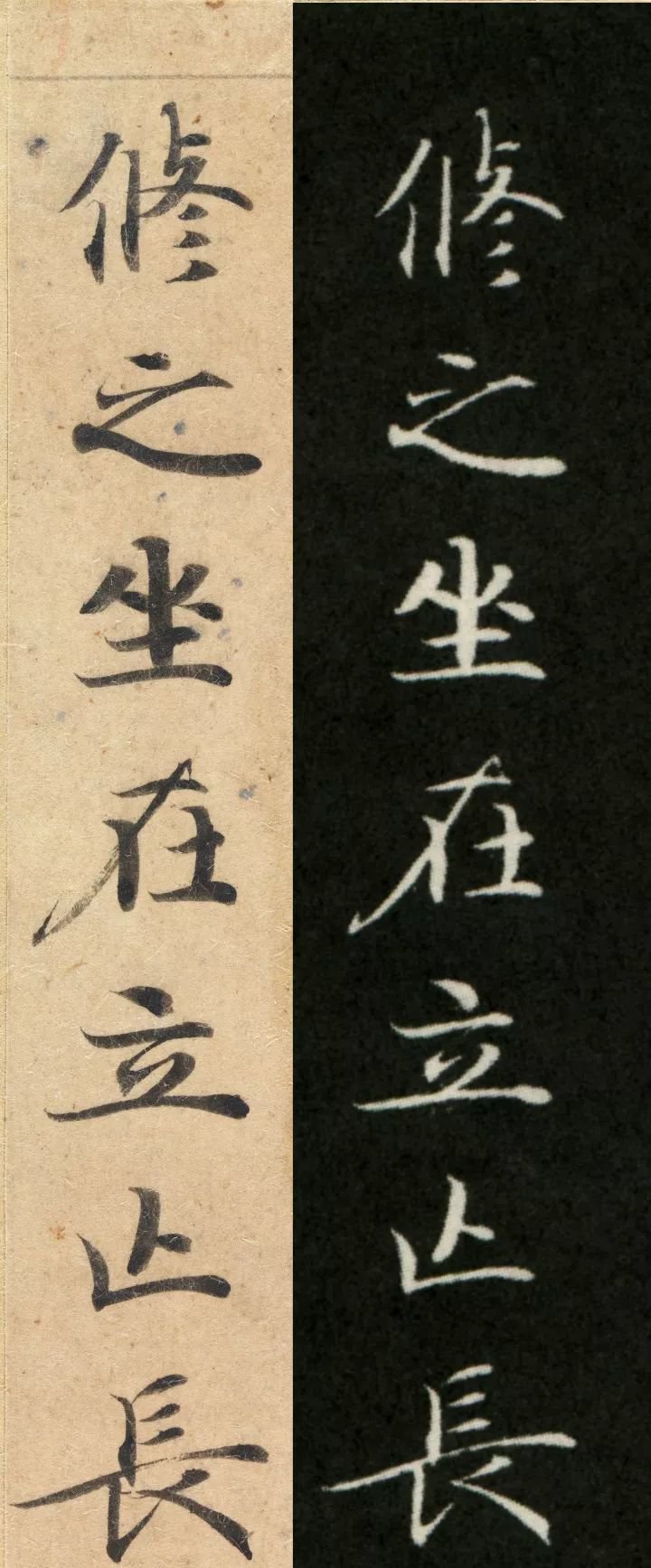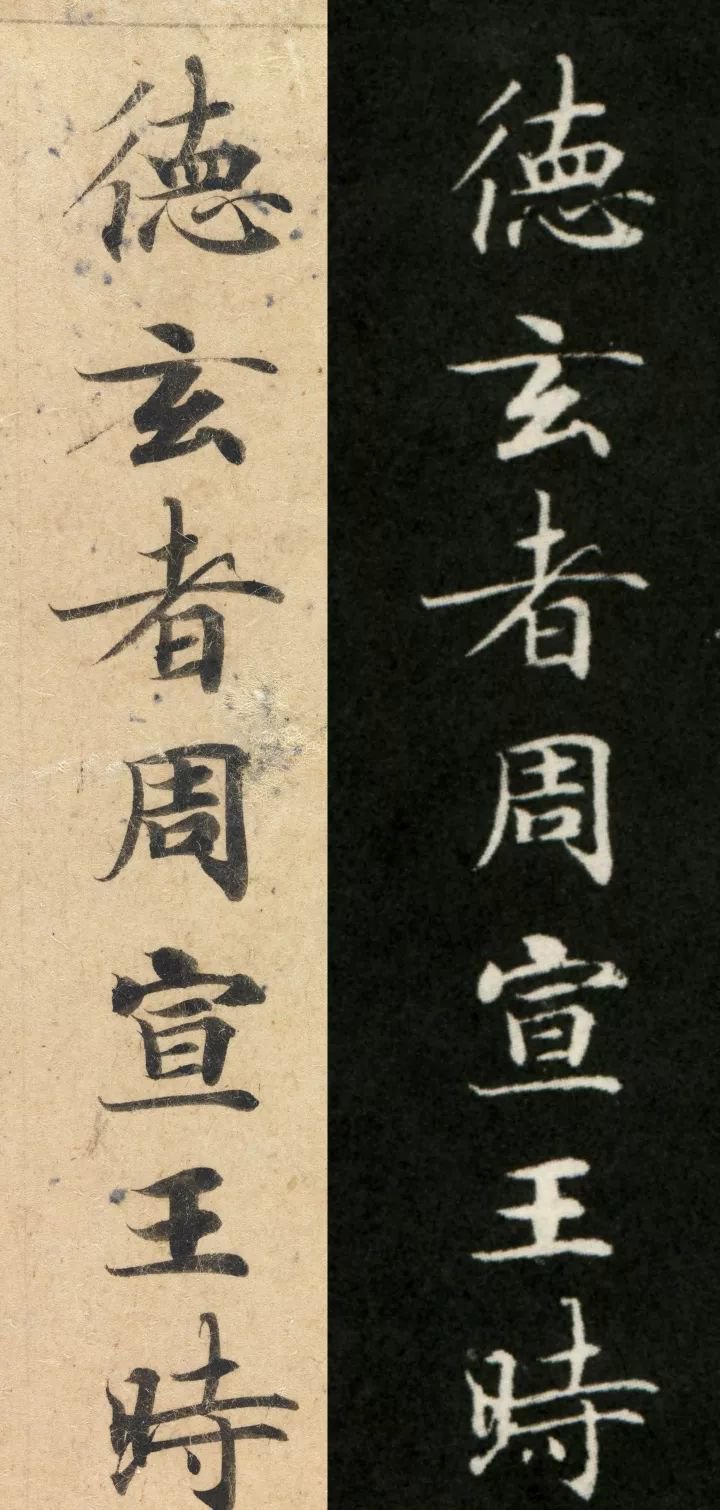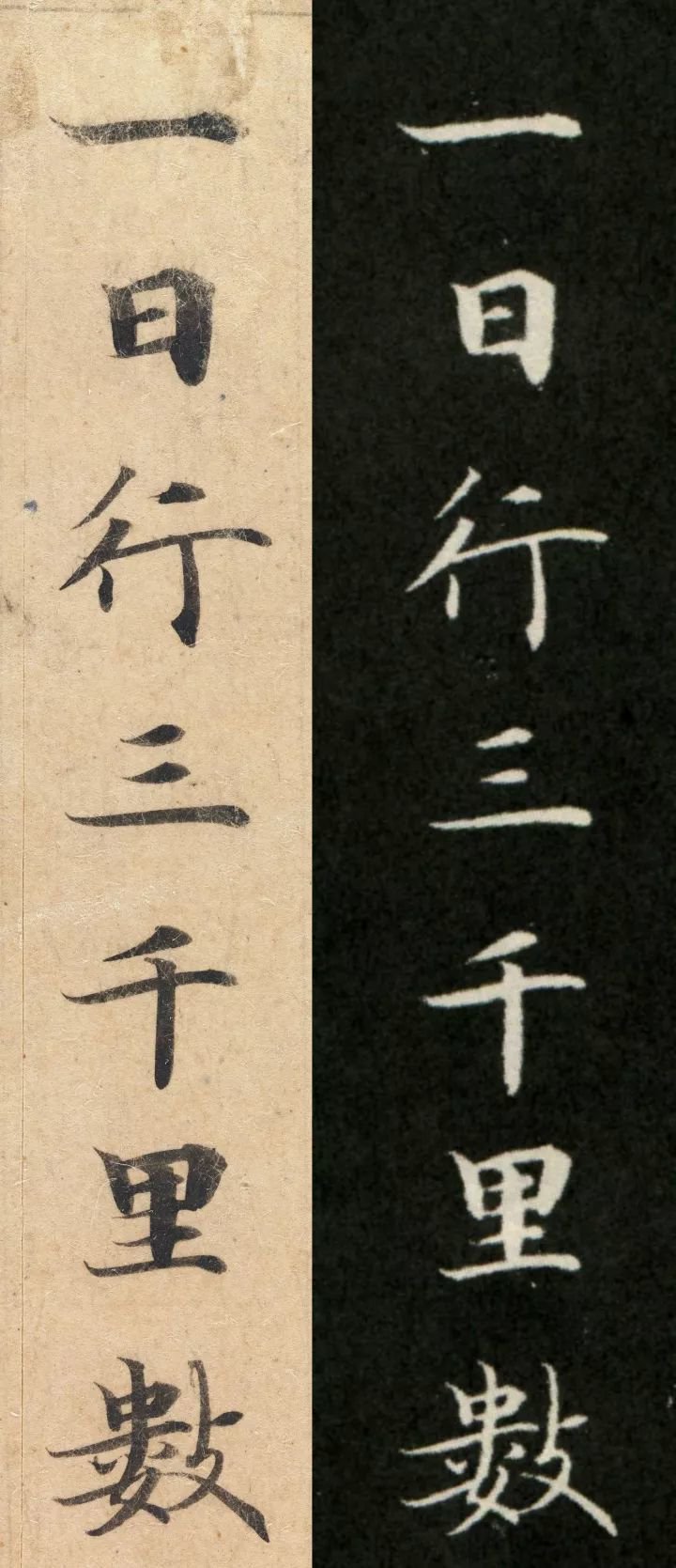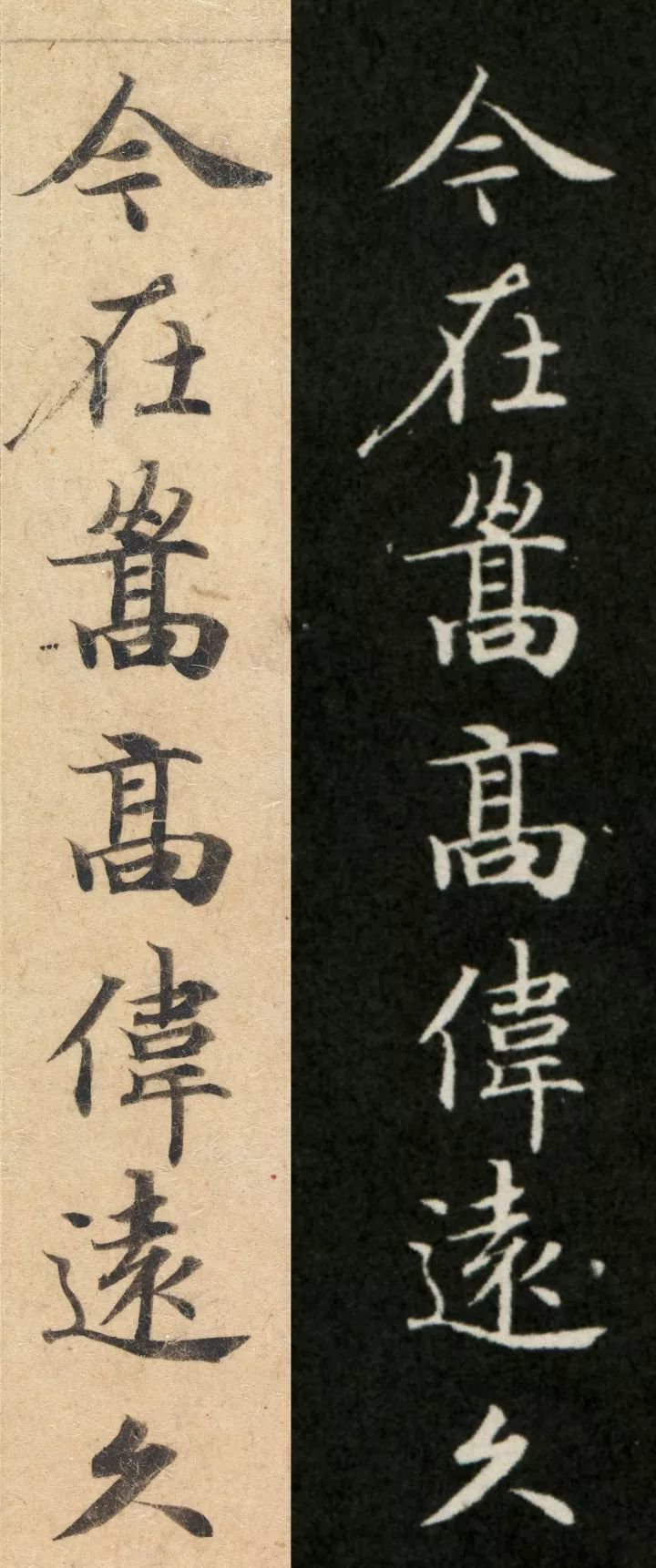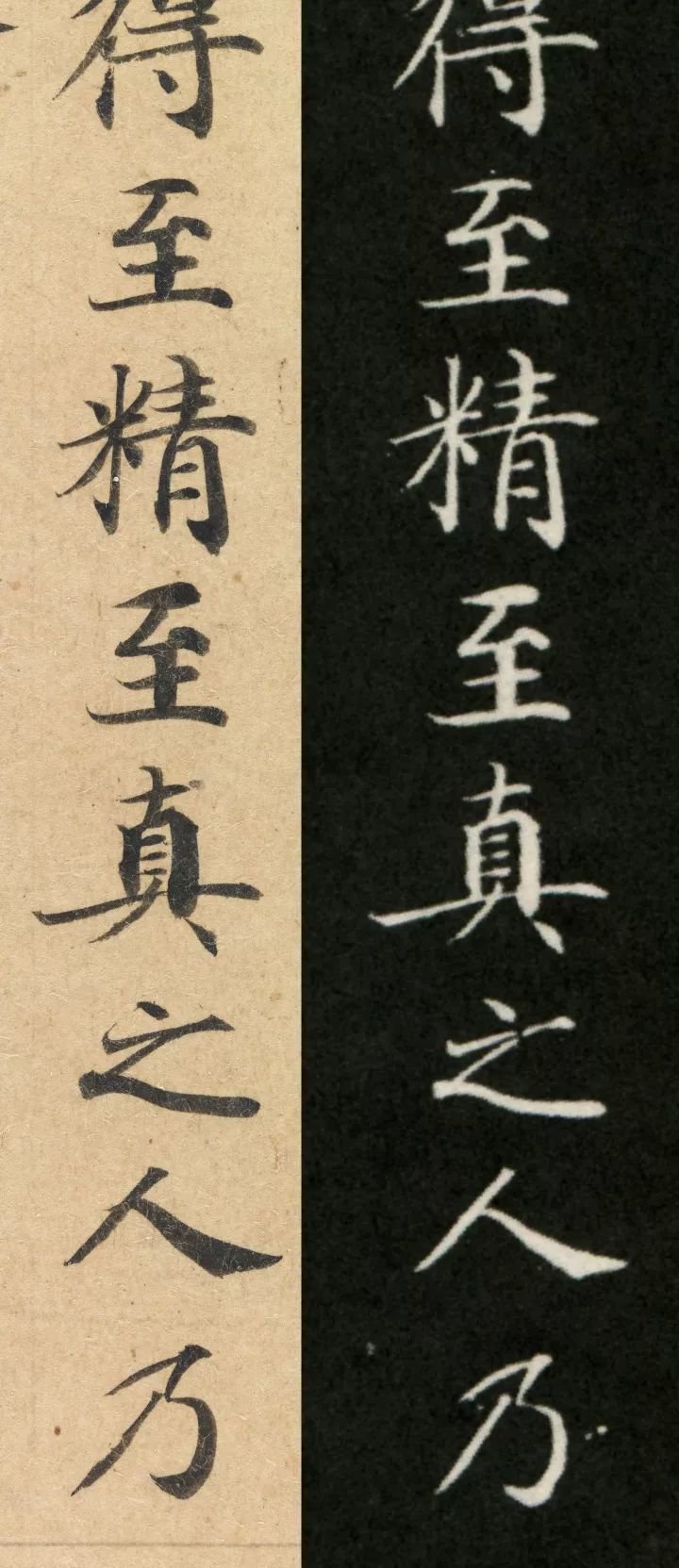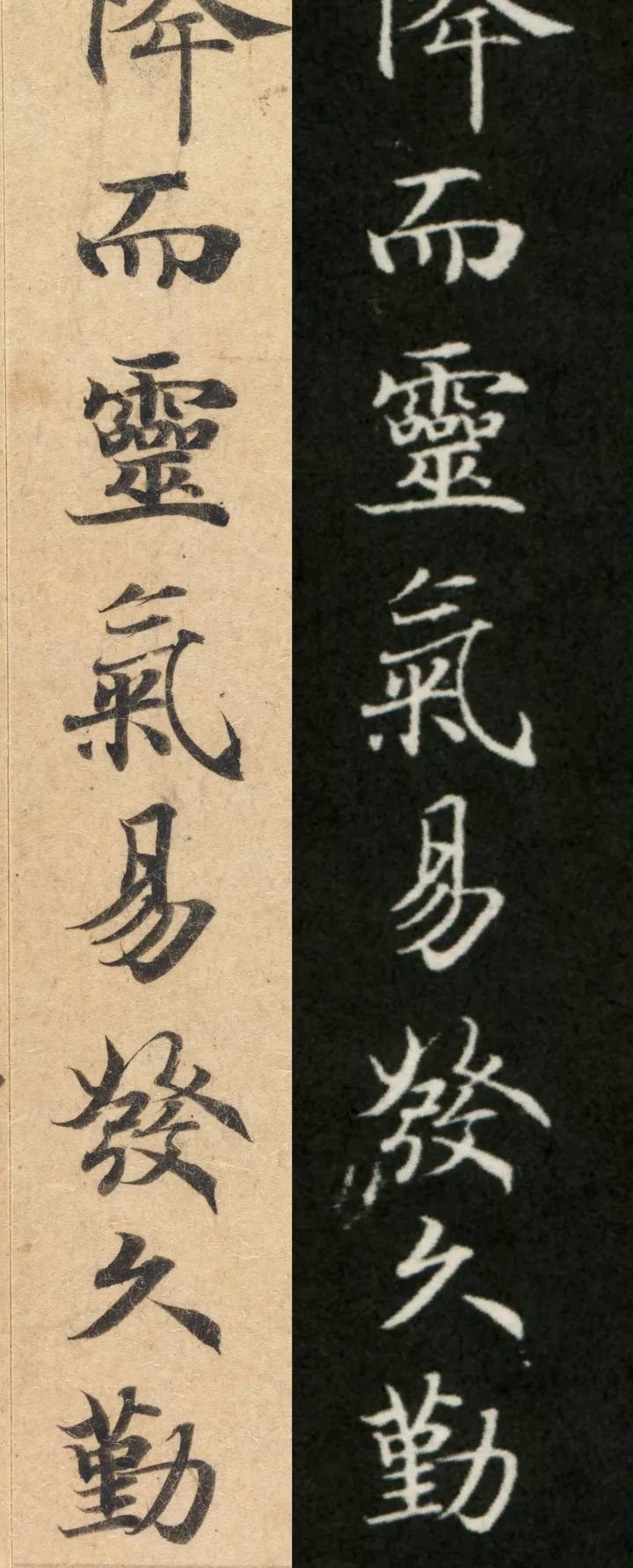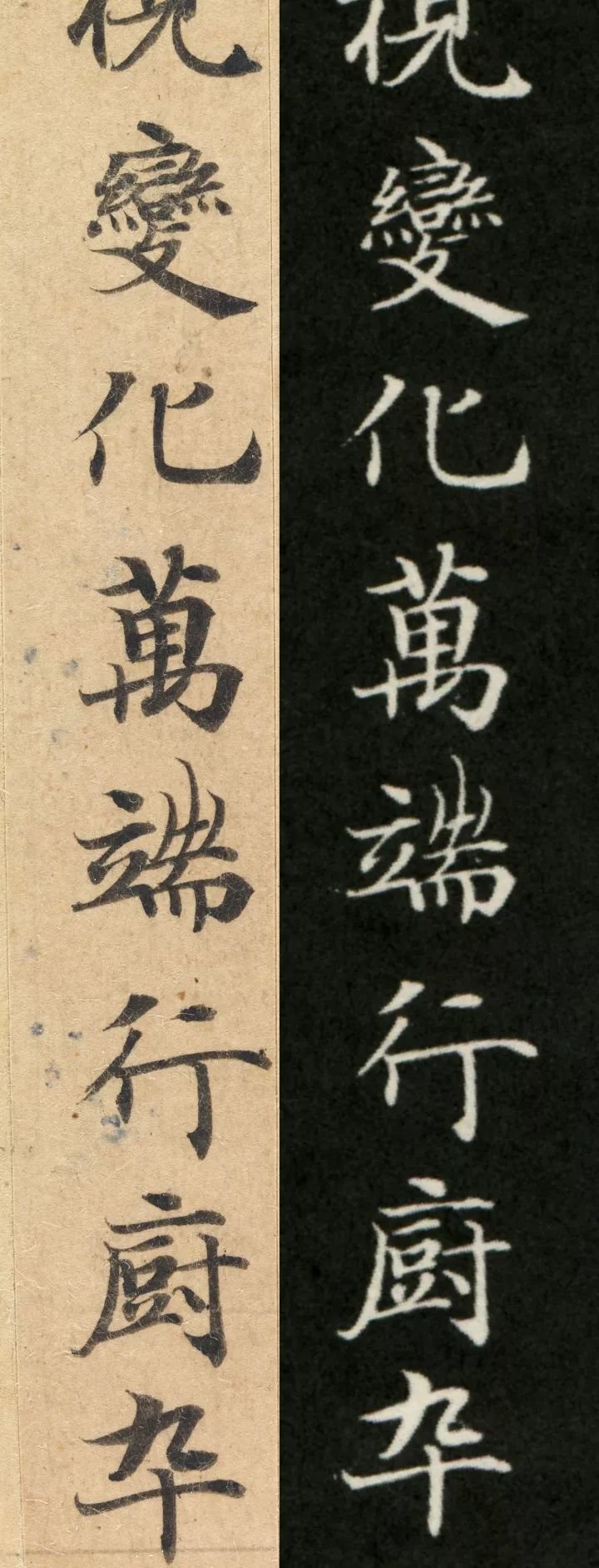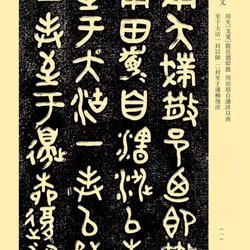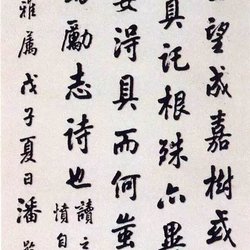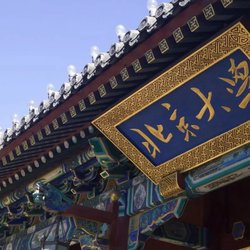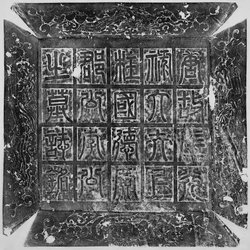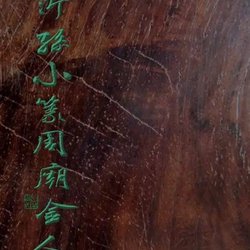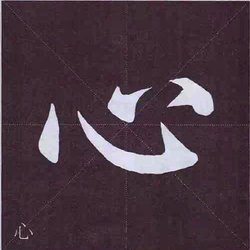About the author, it is still a mystery. Yuan Jue and Dong Qichang said it was written by Zhong Shaojing, the "first calligrapher of Kaiyuan Dynasty" in the Tang Dynasty, but others said it was written by Princess Yuzhen, and some even thought it was written by Zhao Mengfu of the Yuan Dynasty.
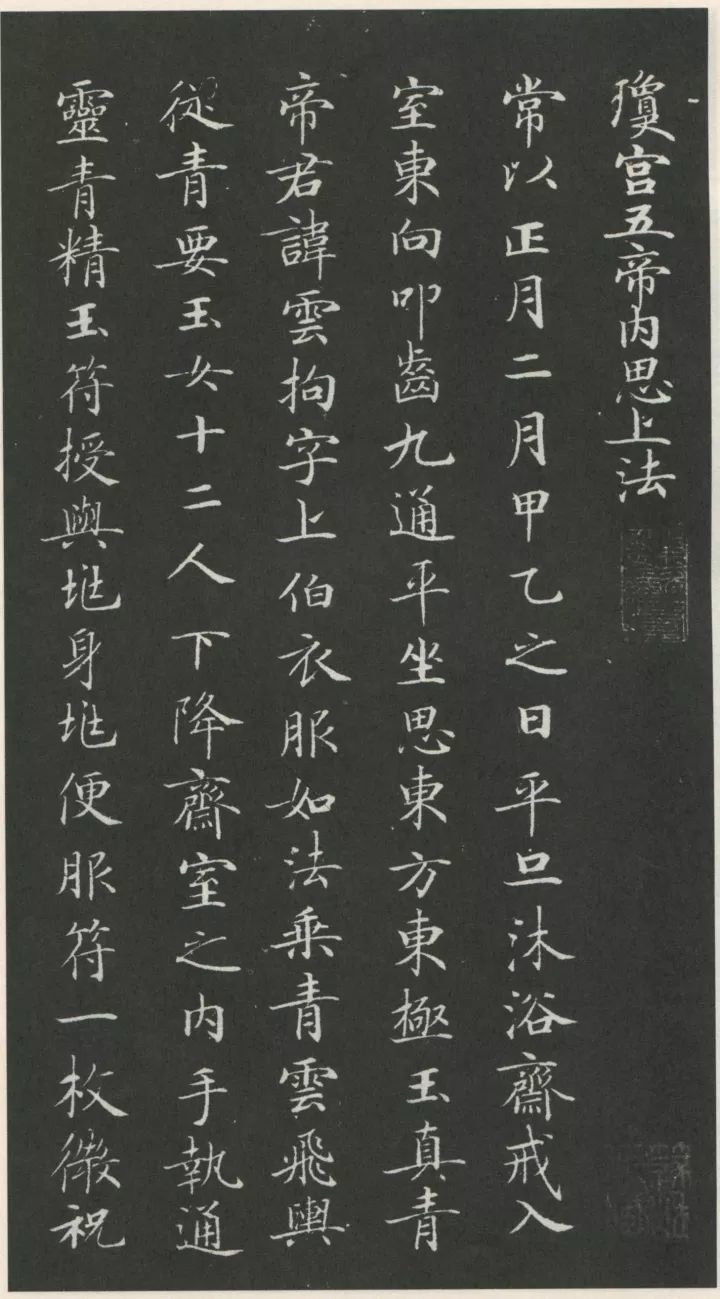
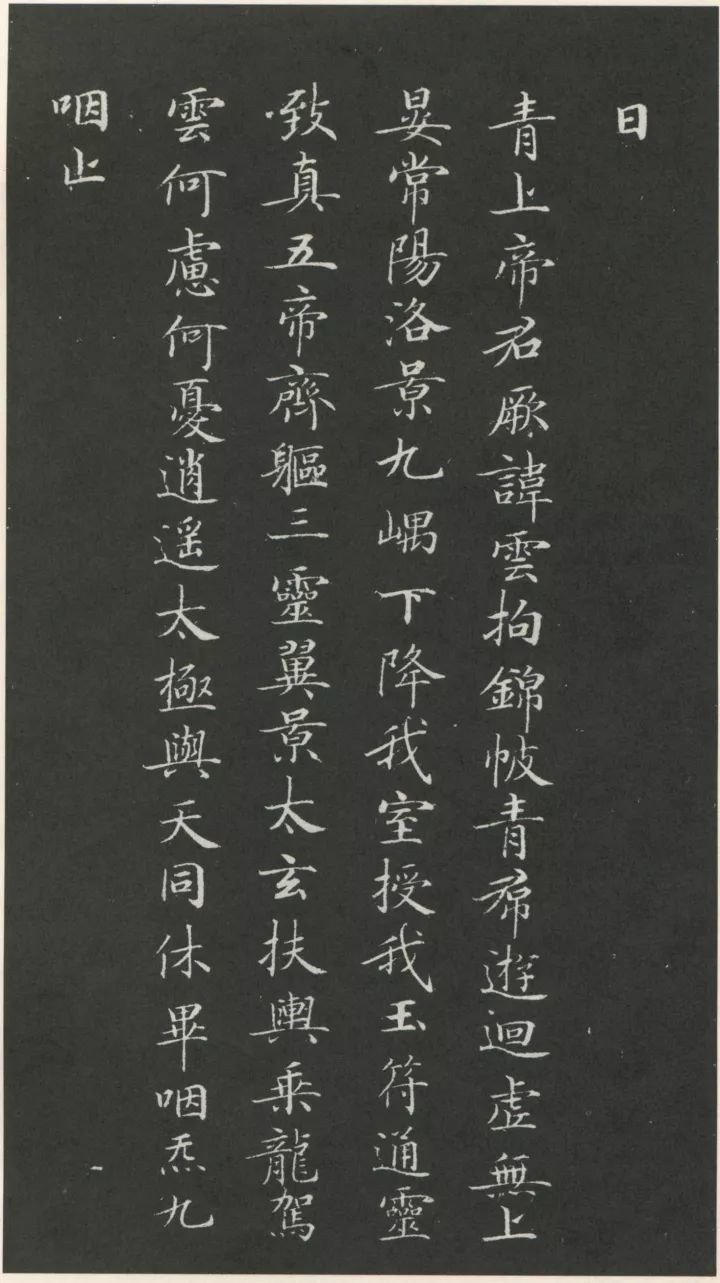
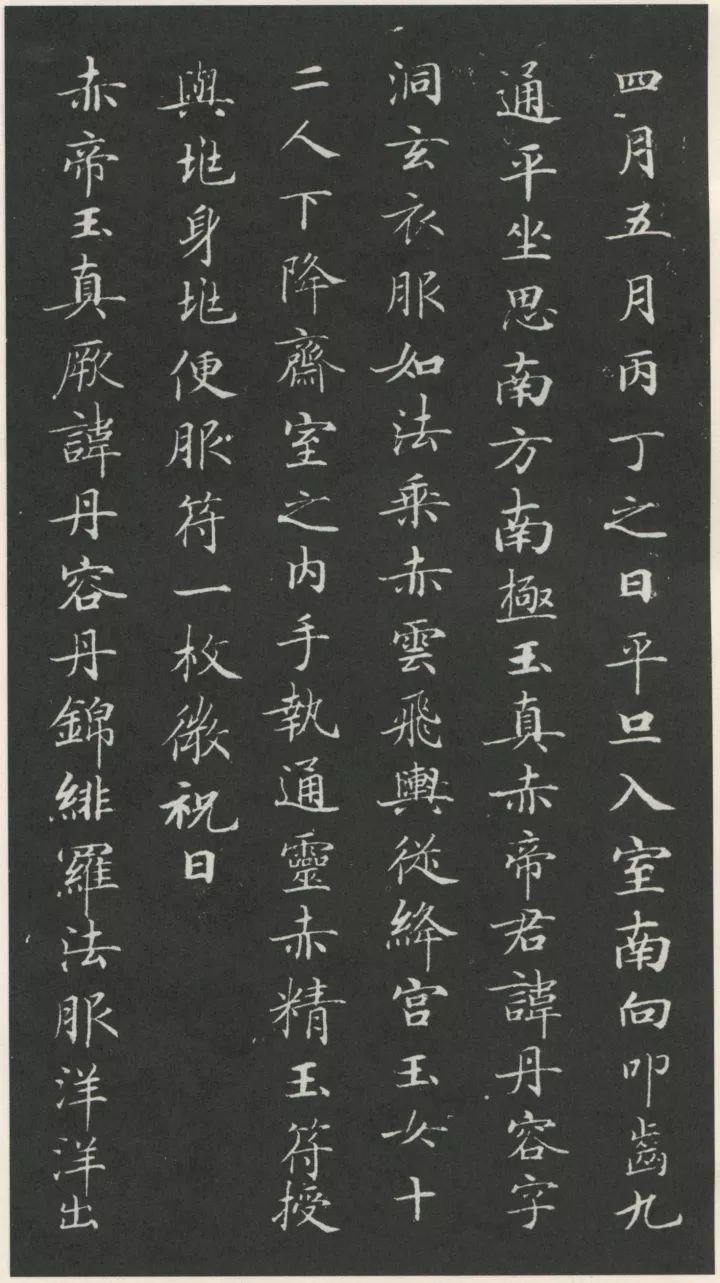
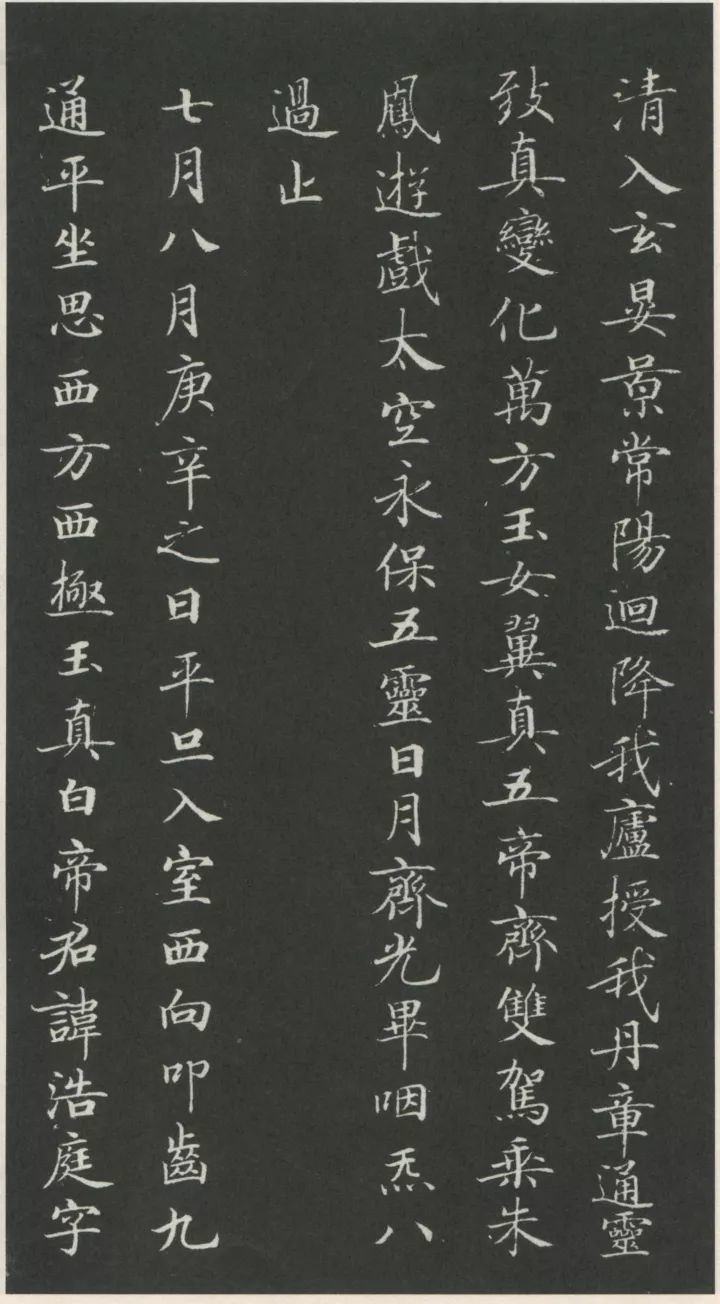
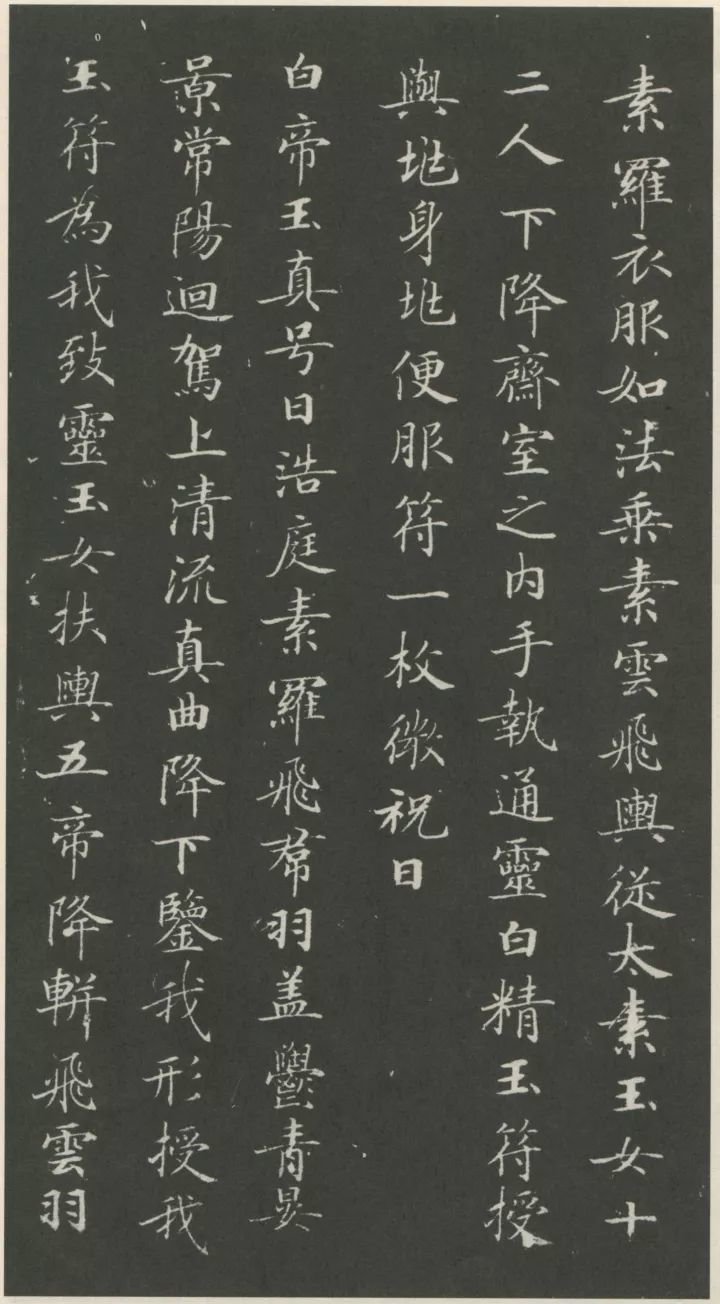
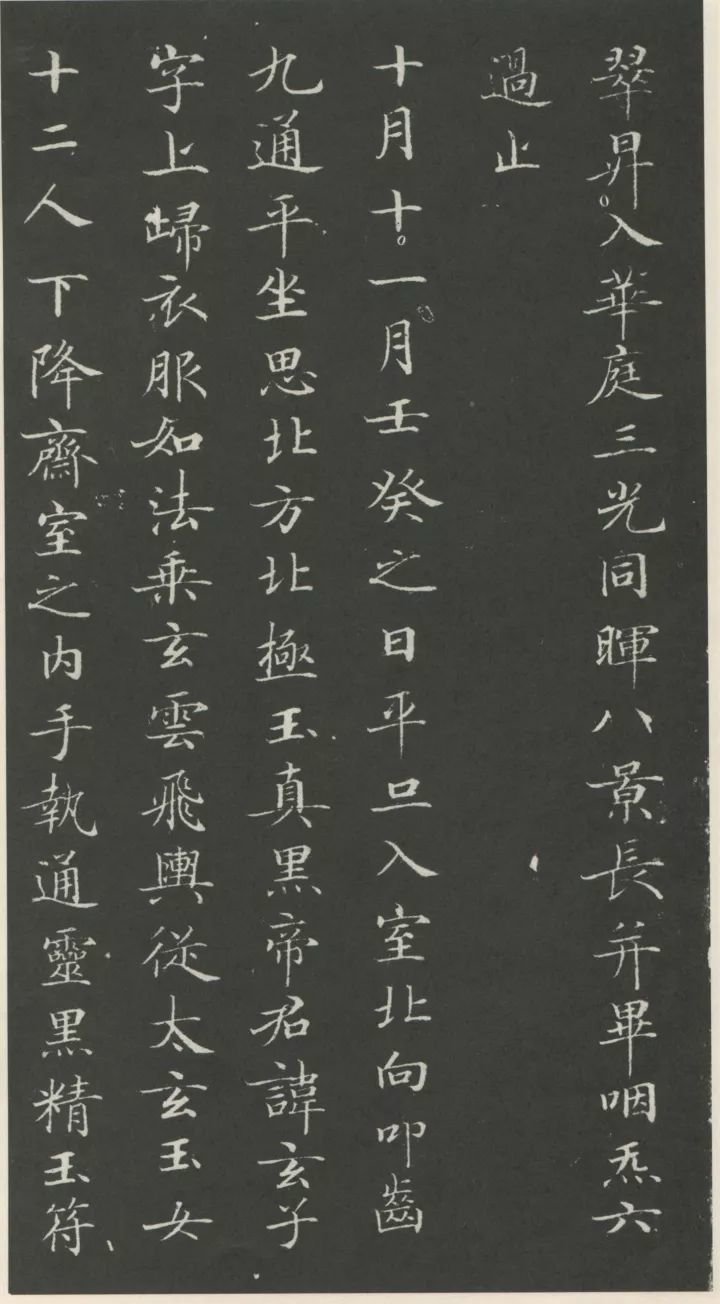
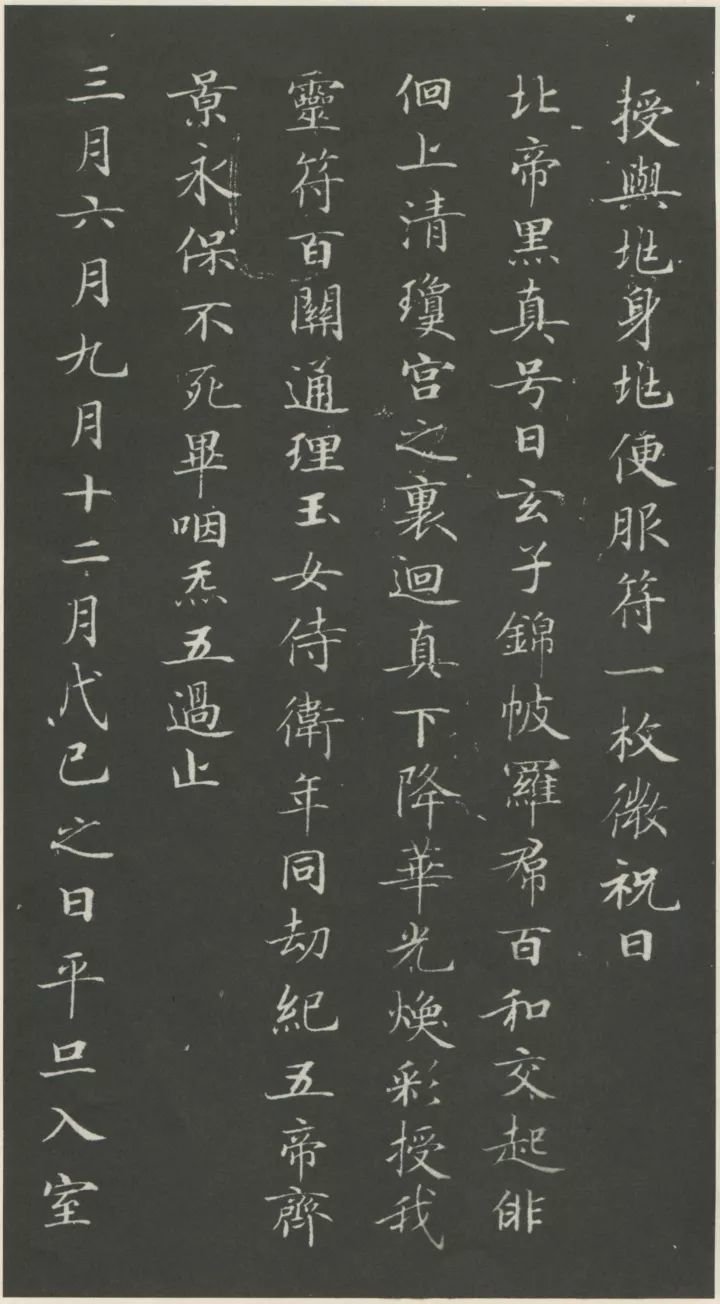
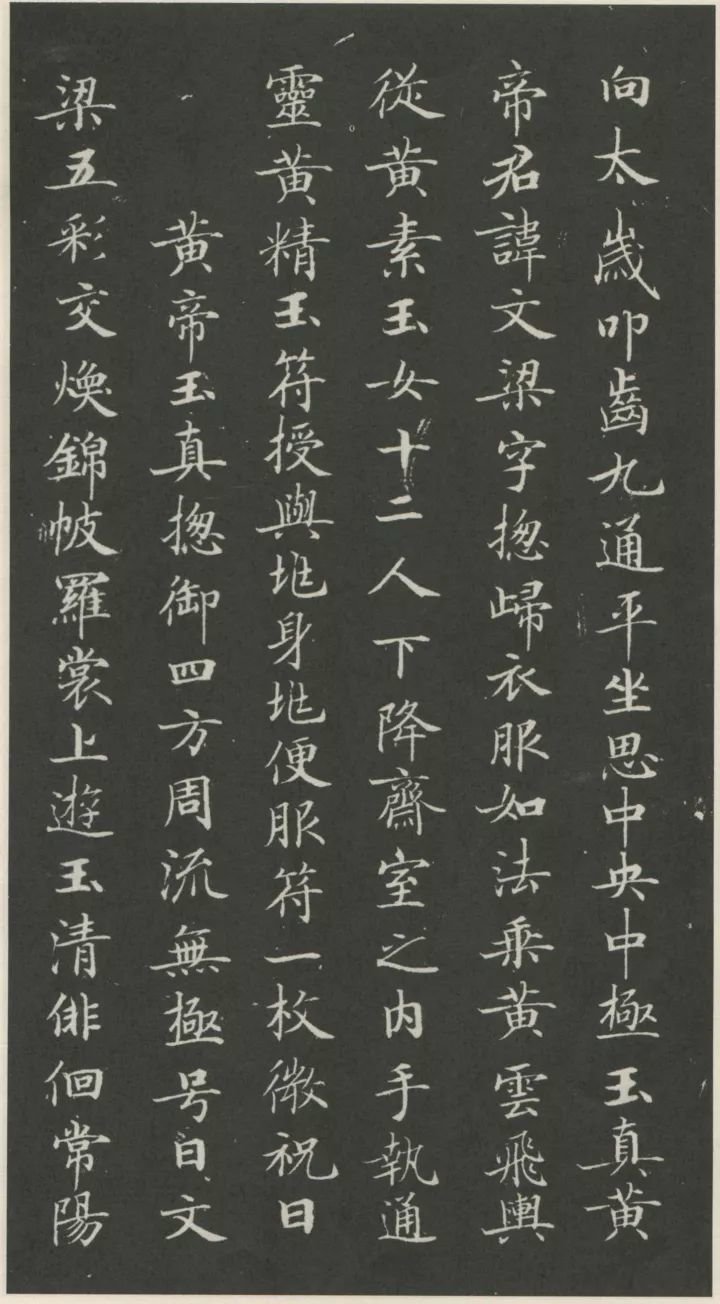
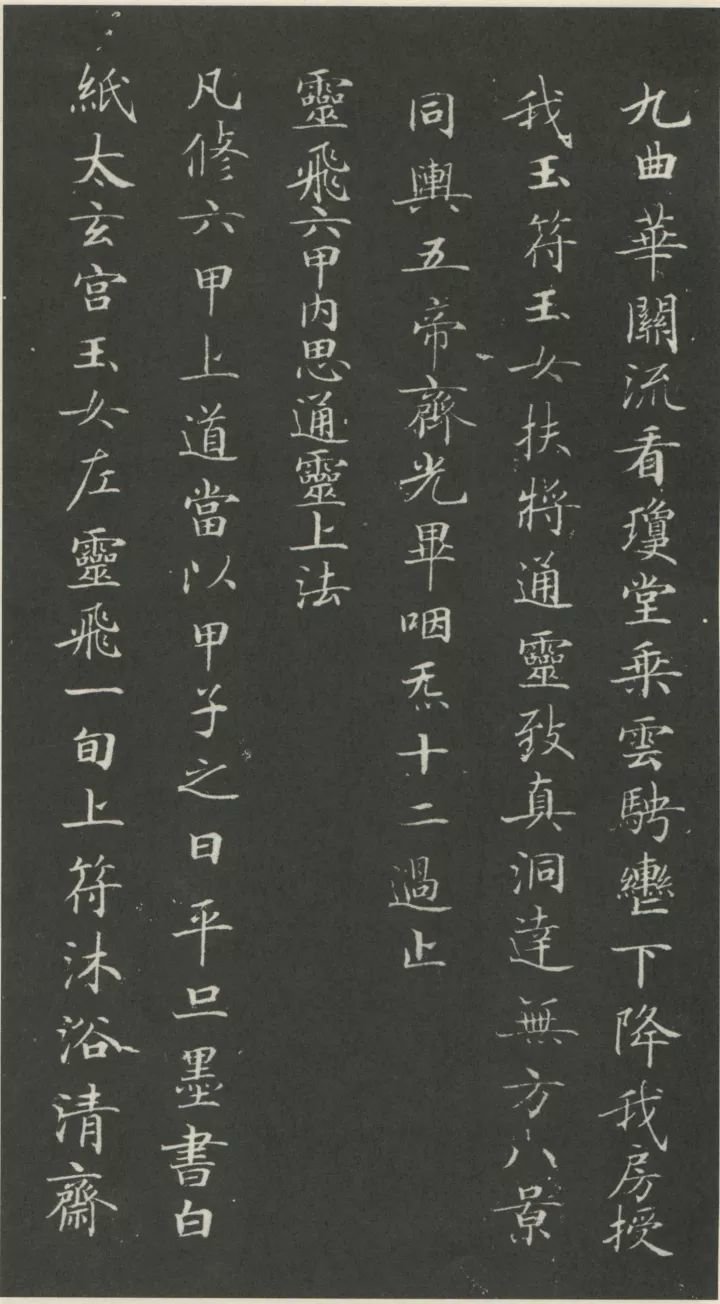
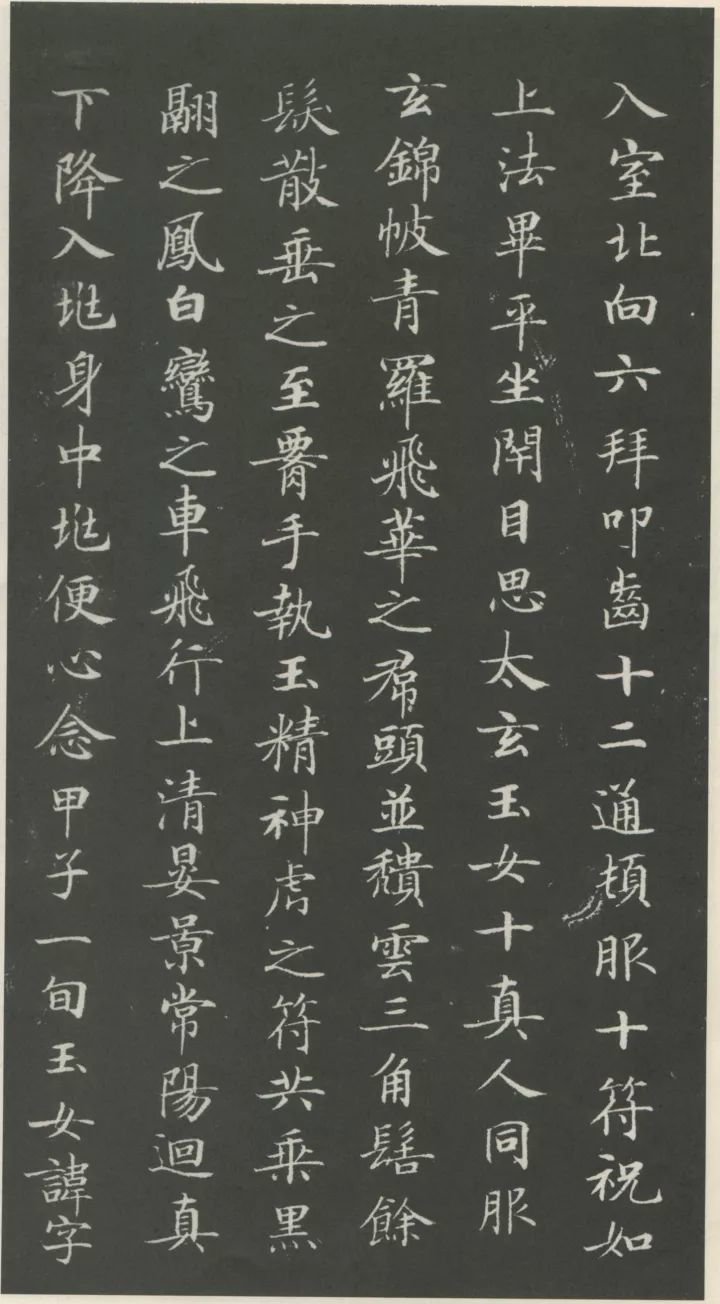
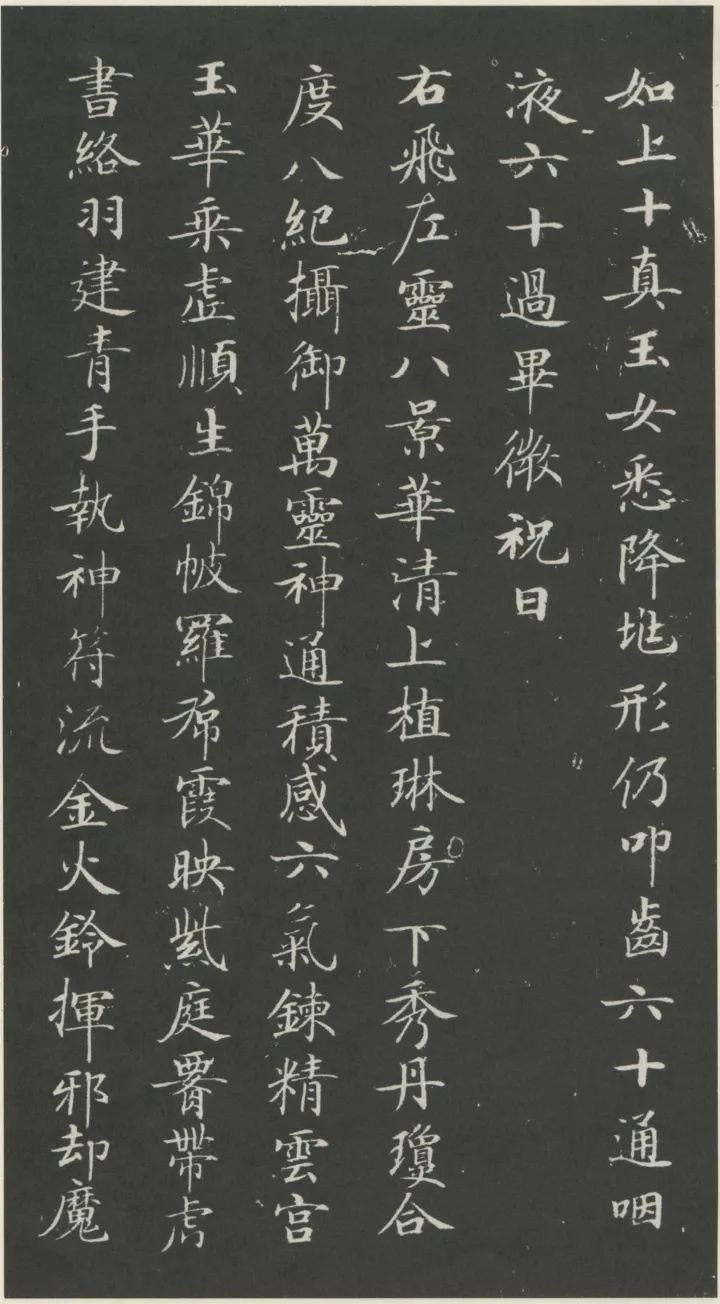
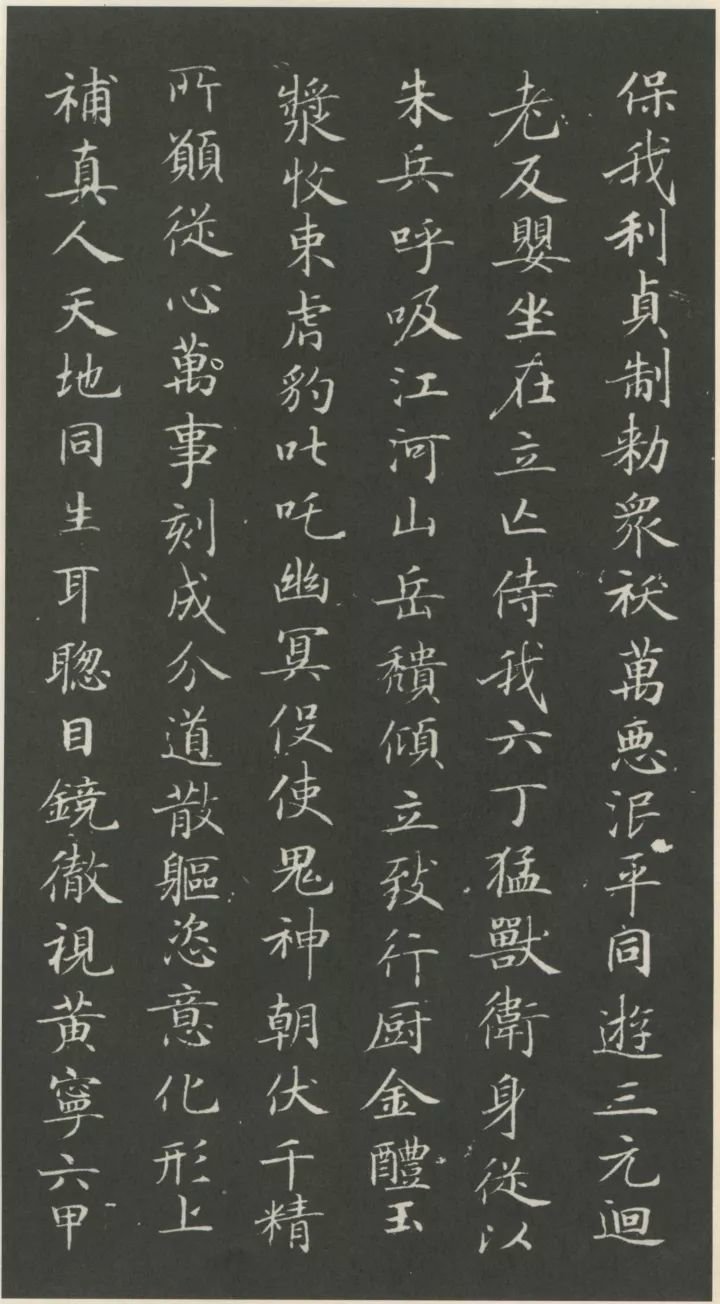
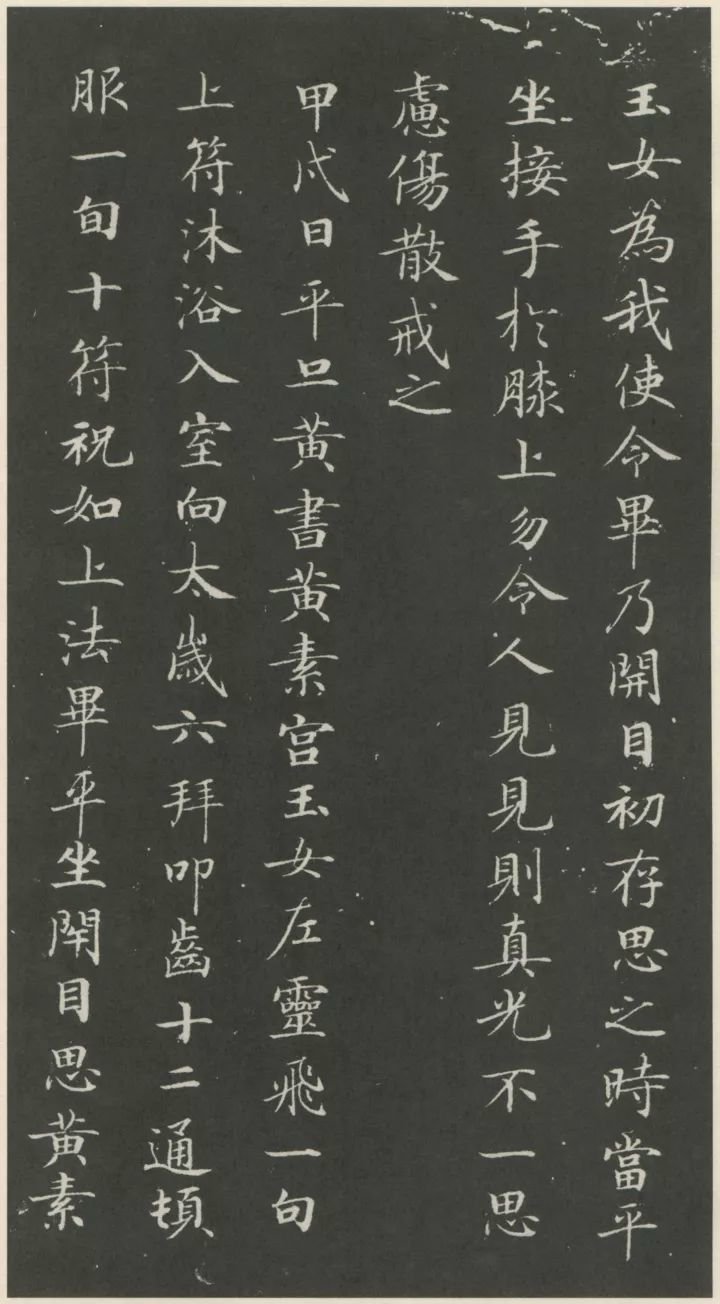
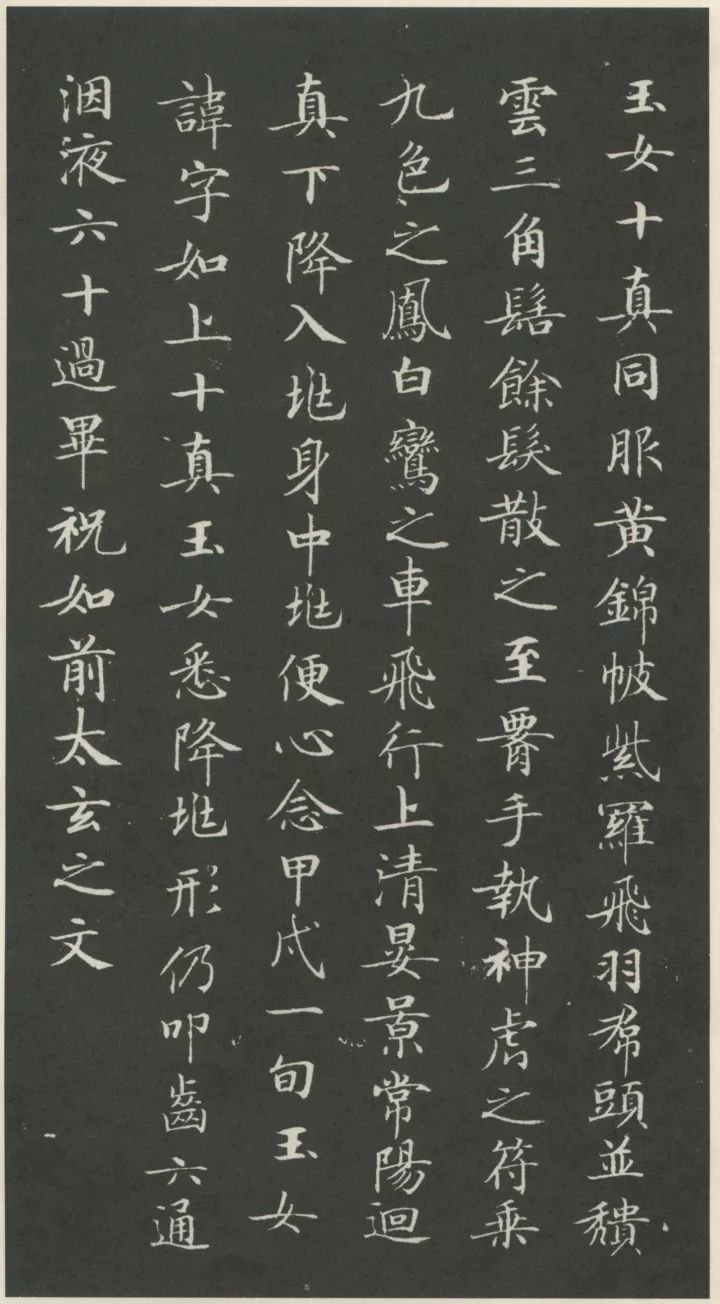
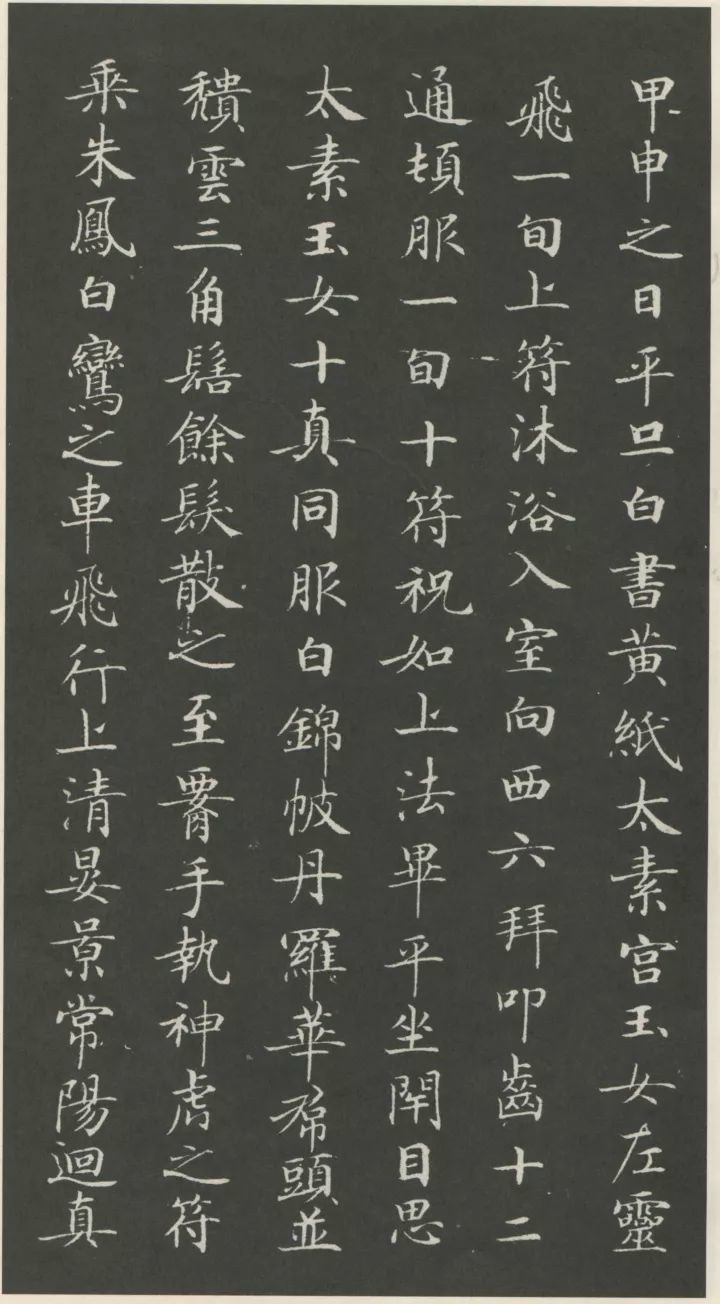
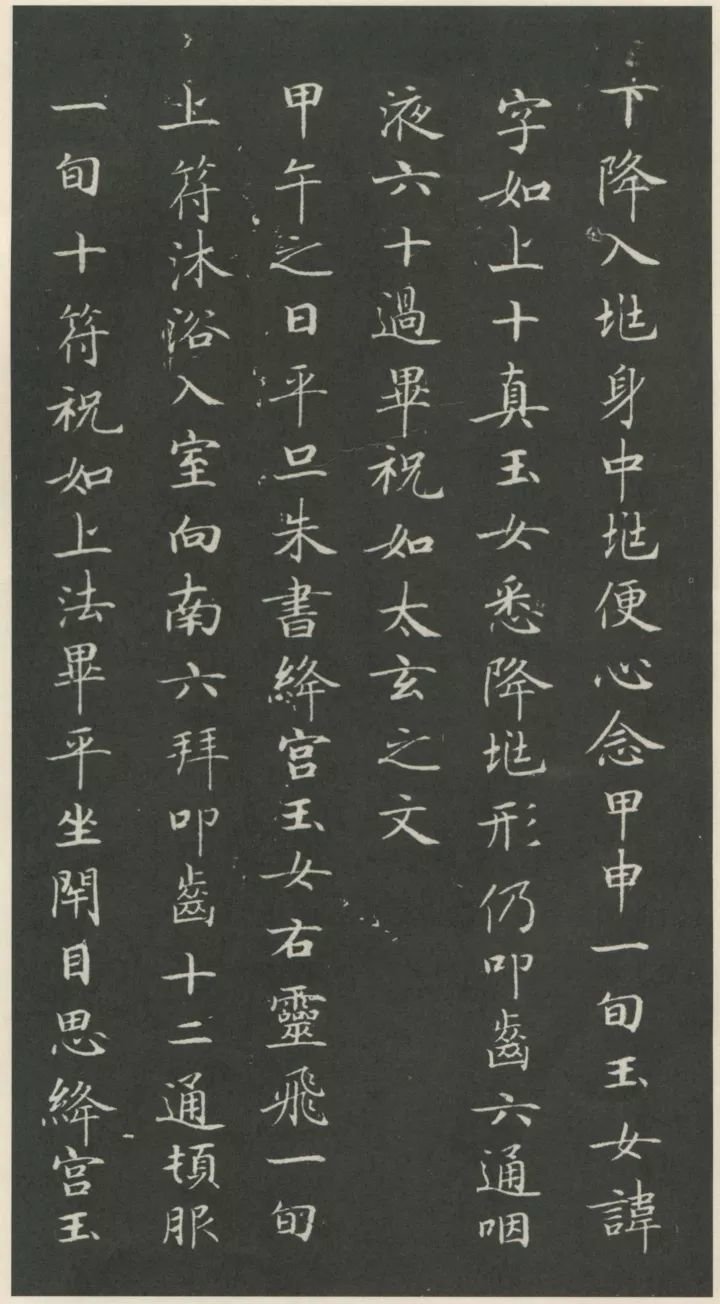
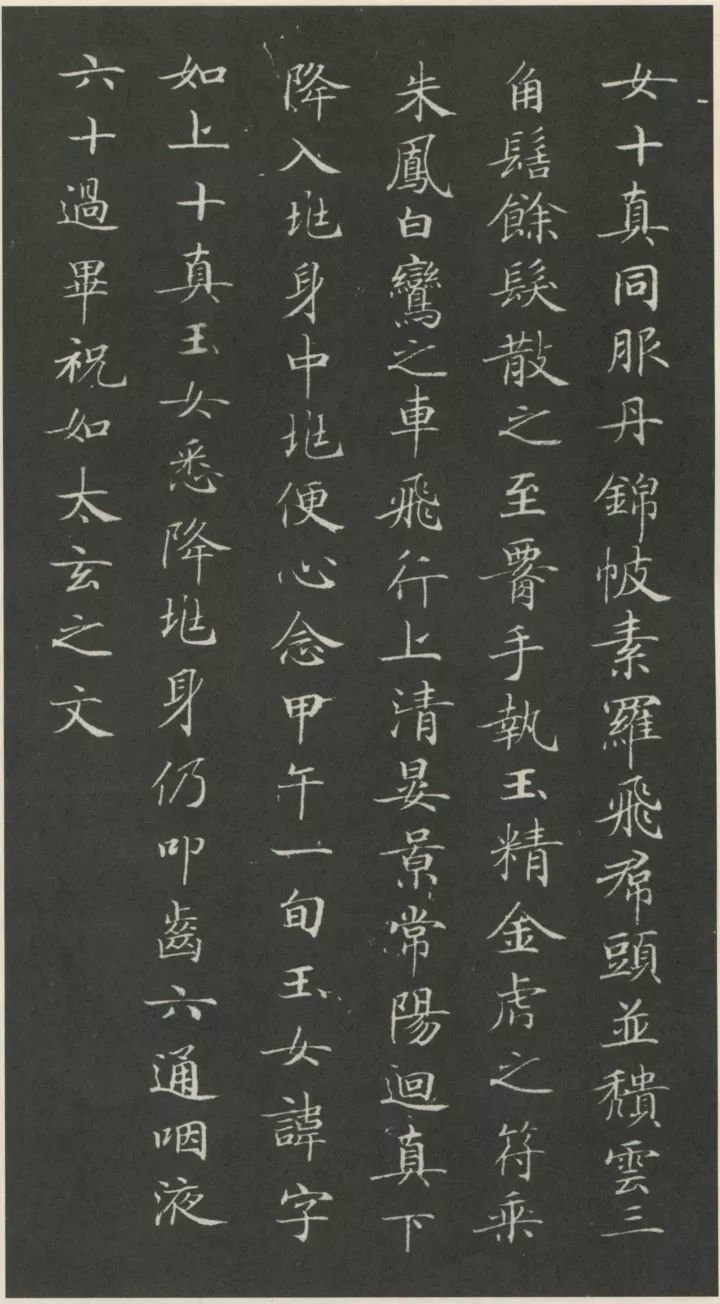
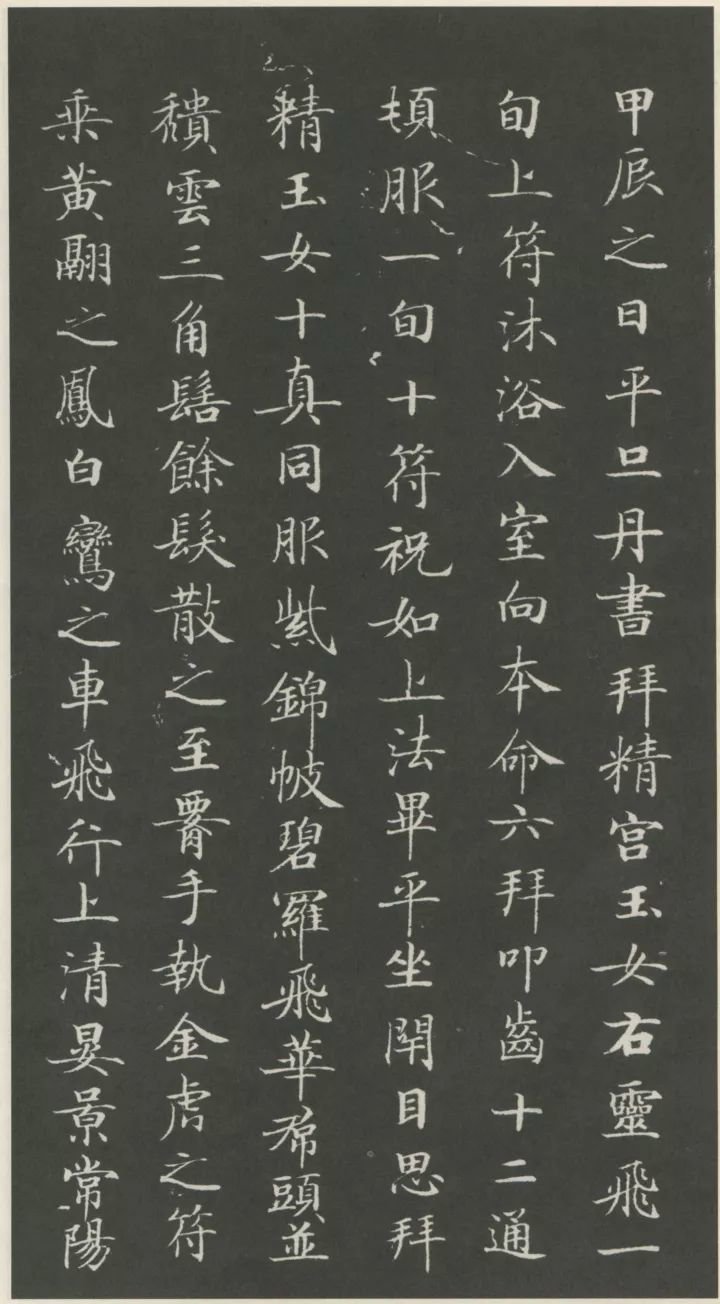
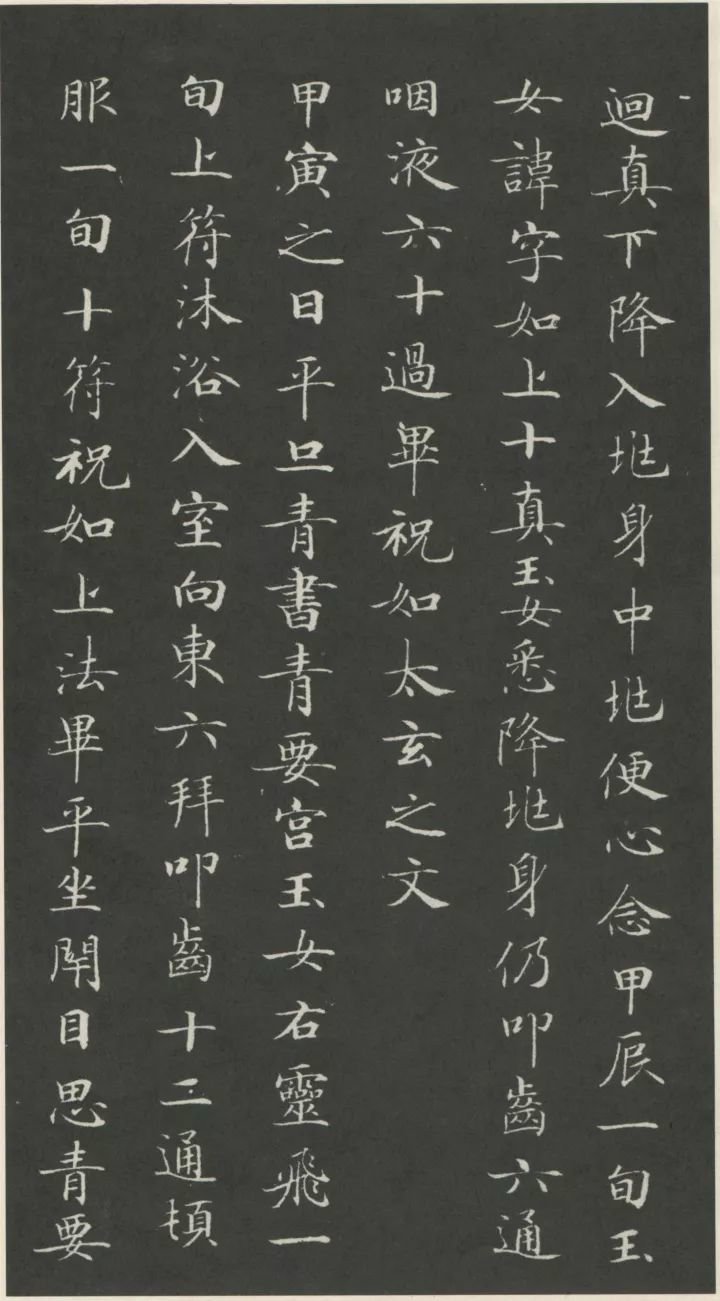
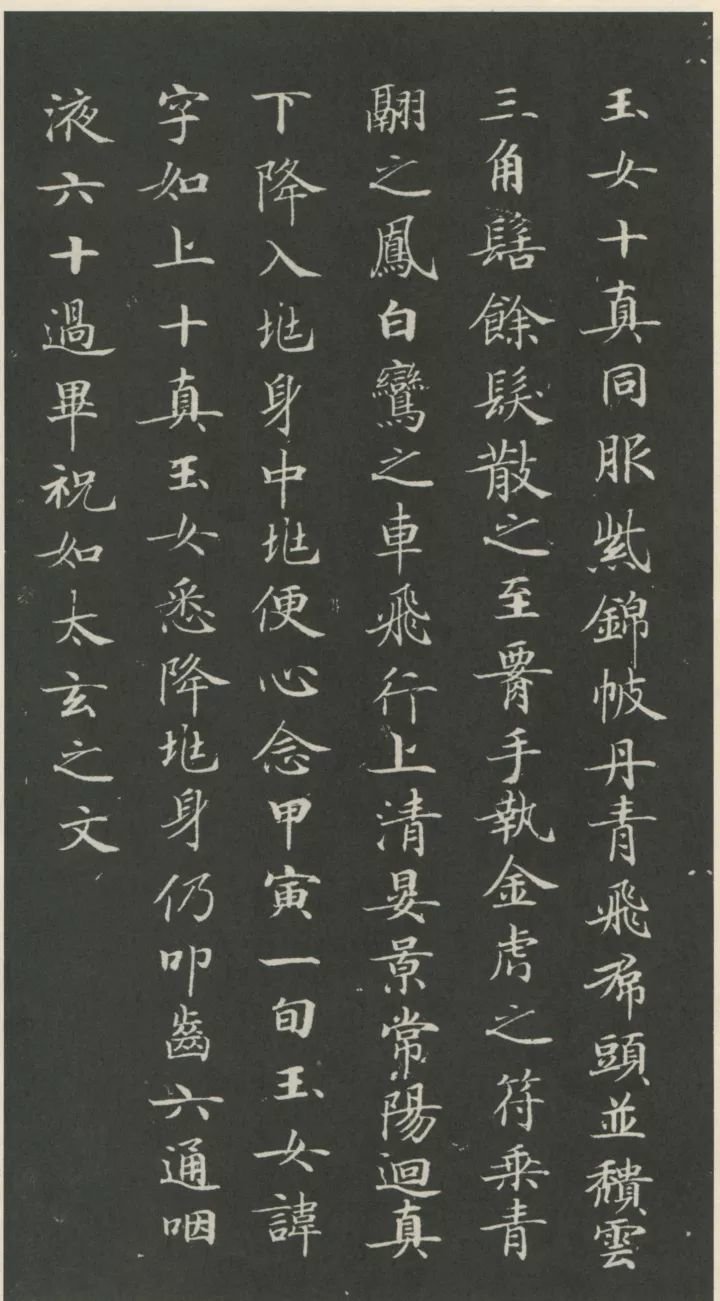
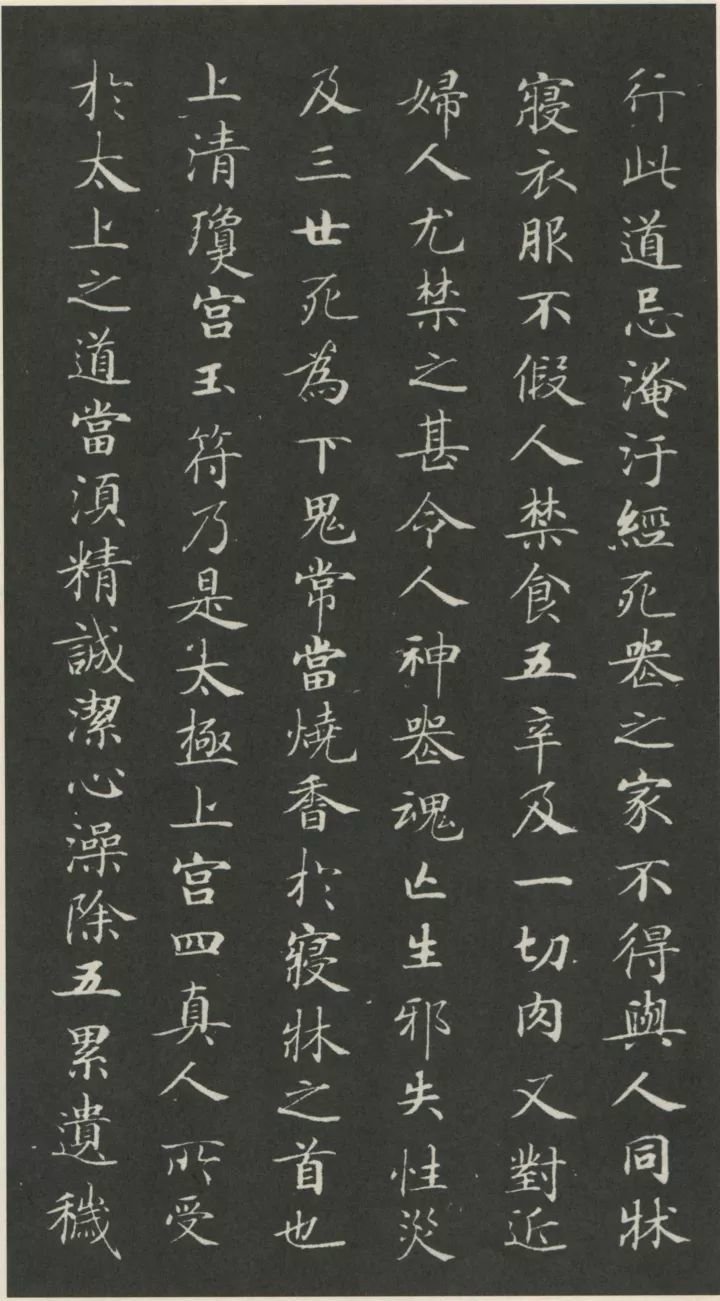
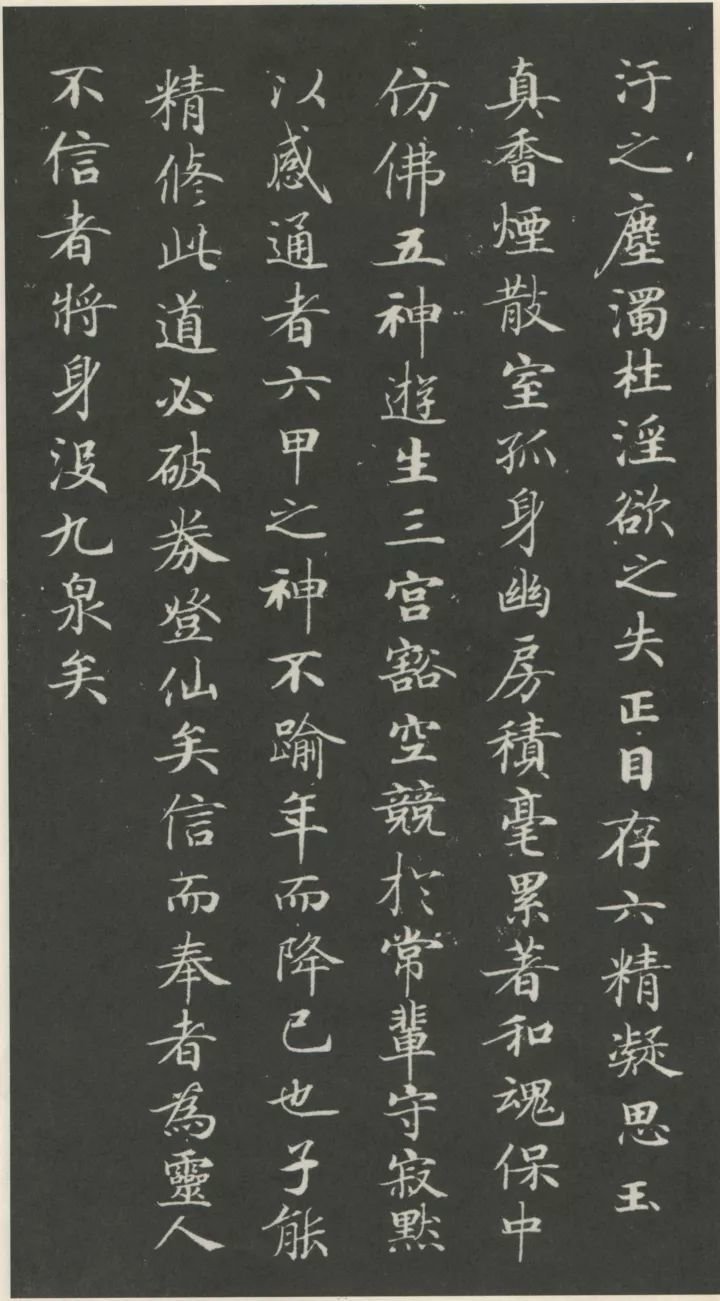
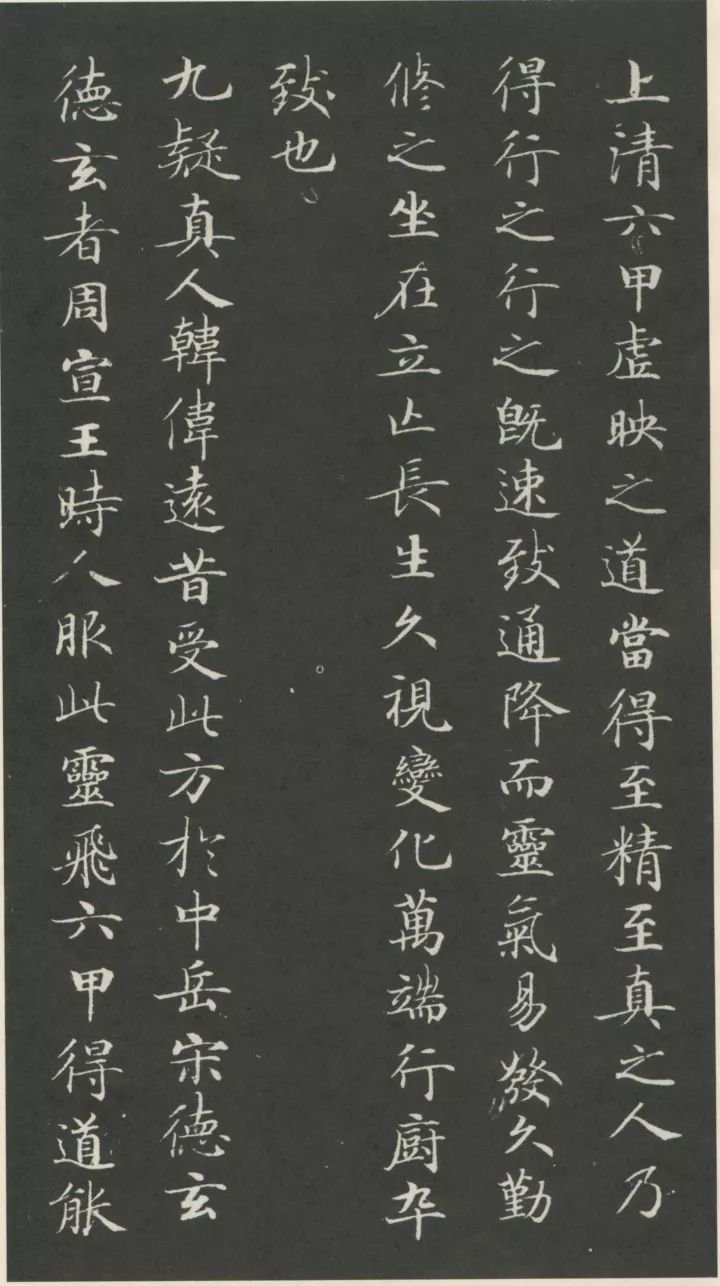
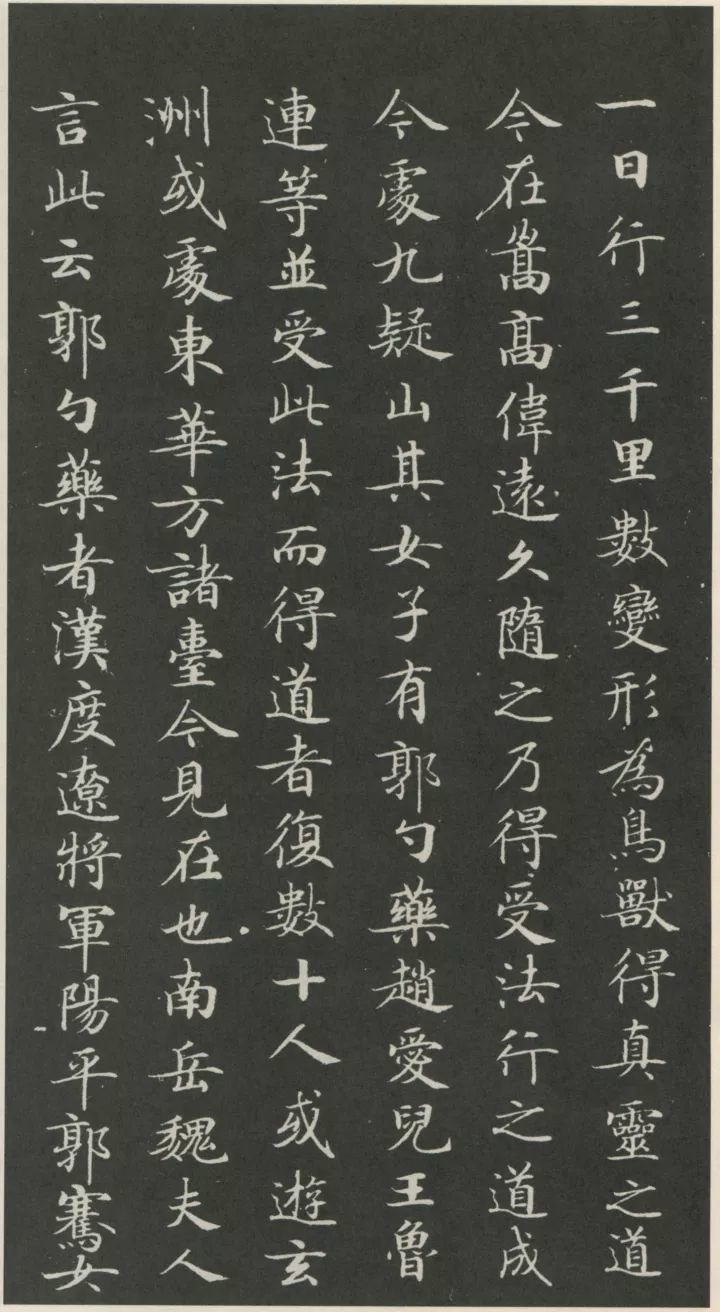
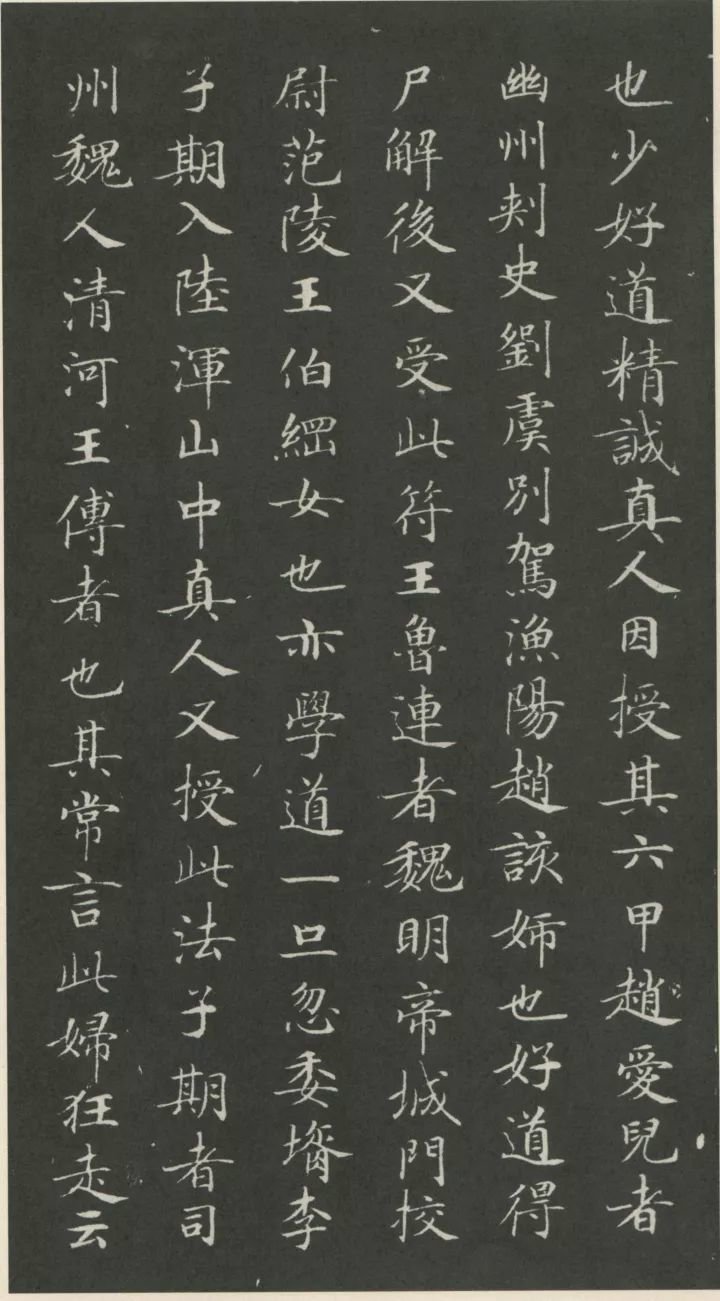
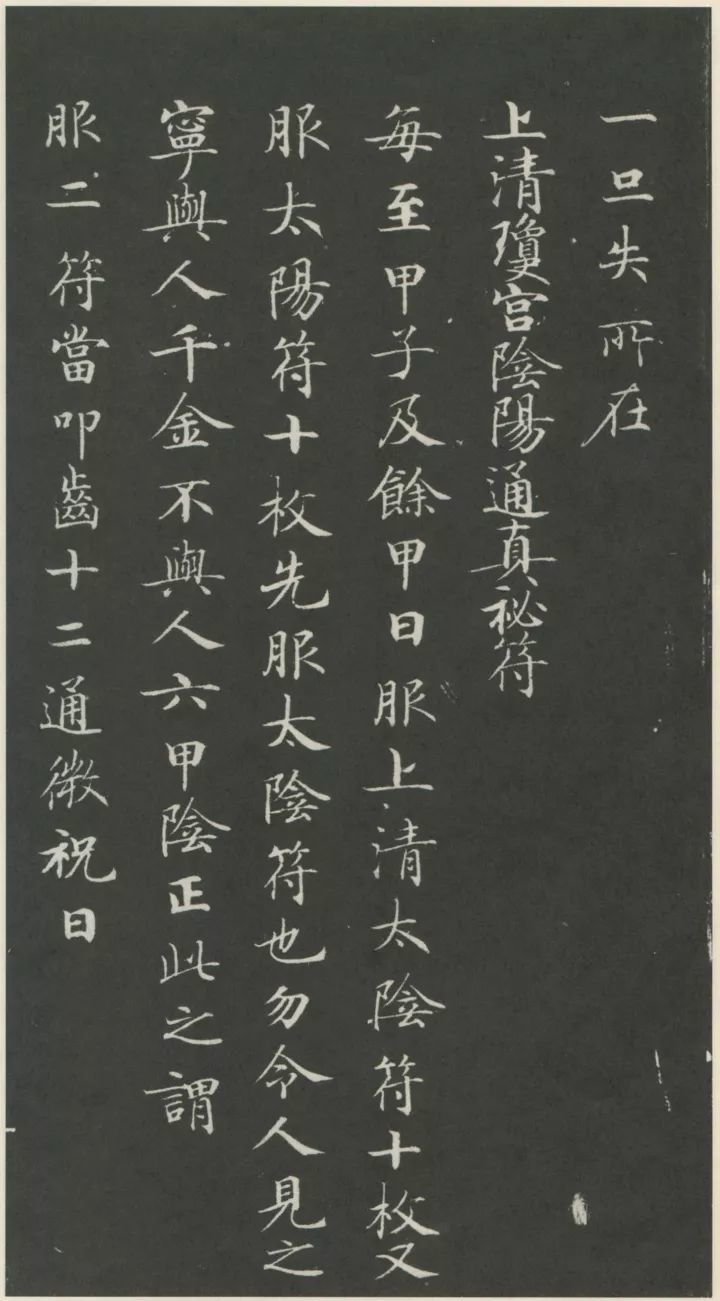
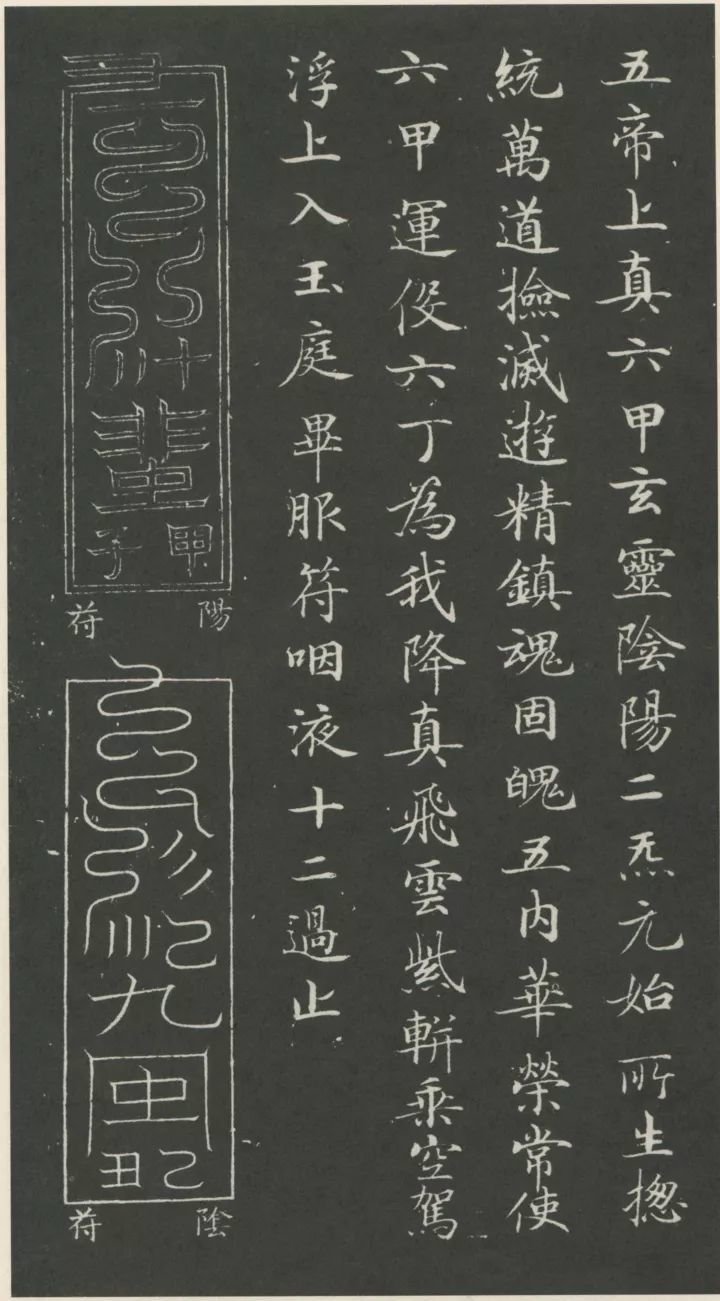
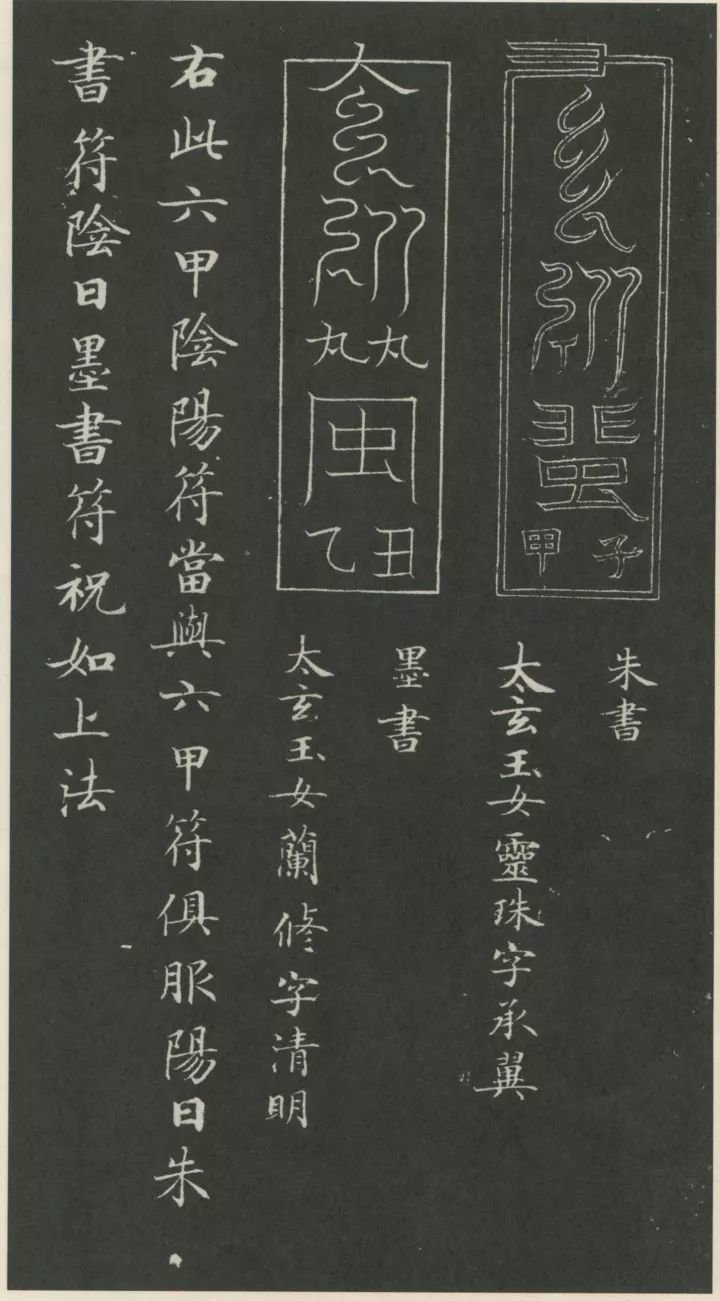
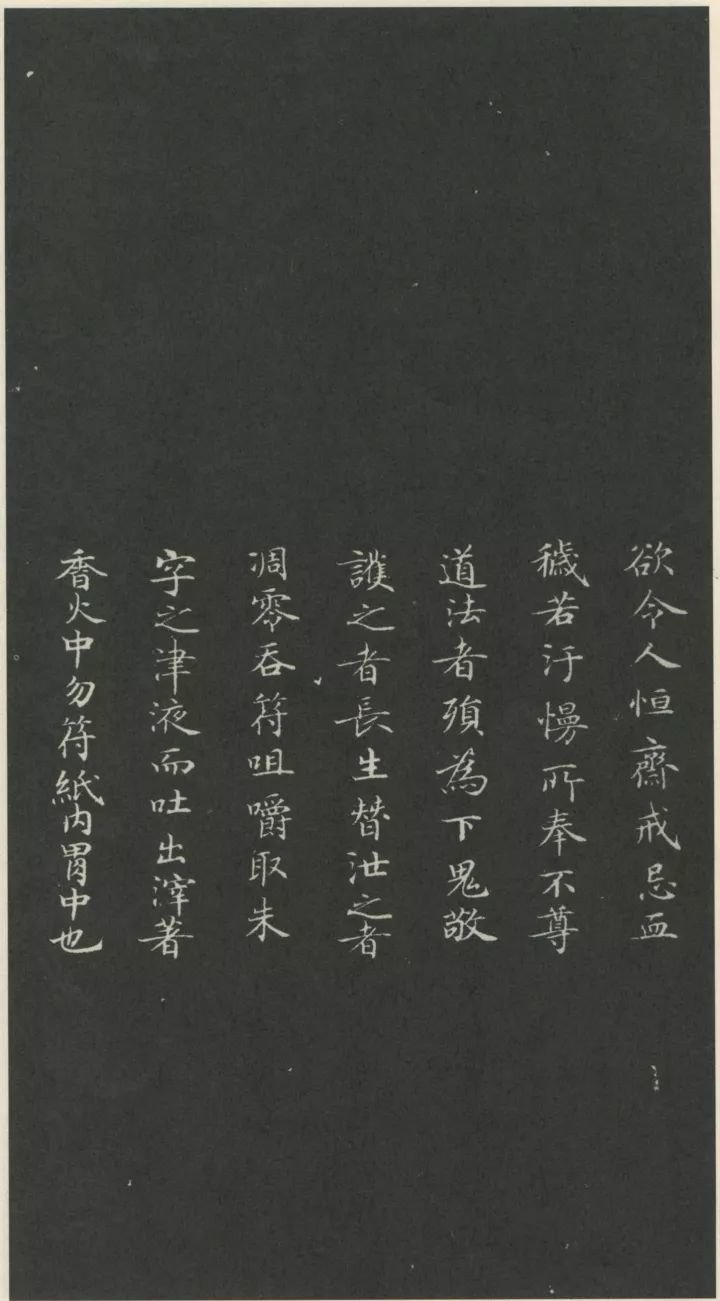
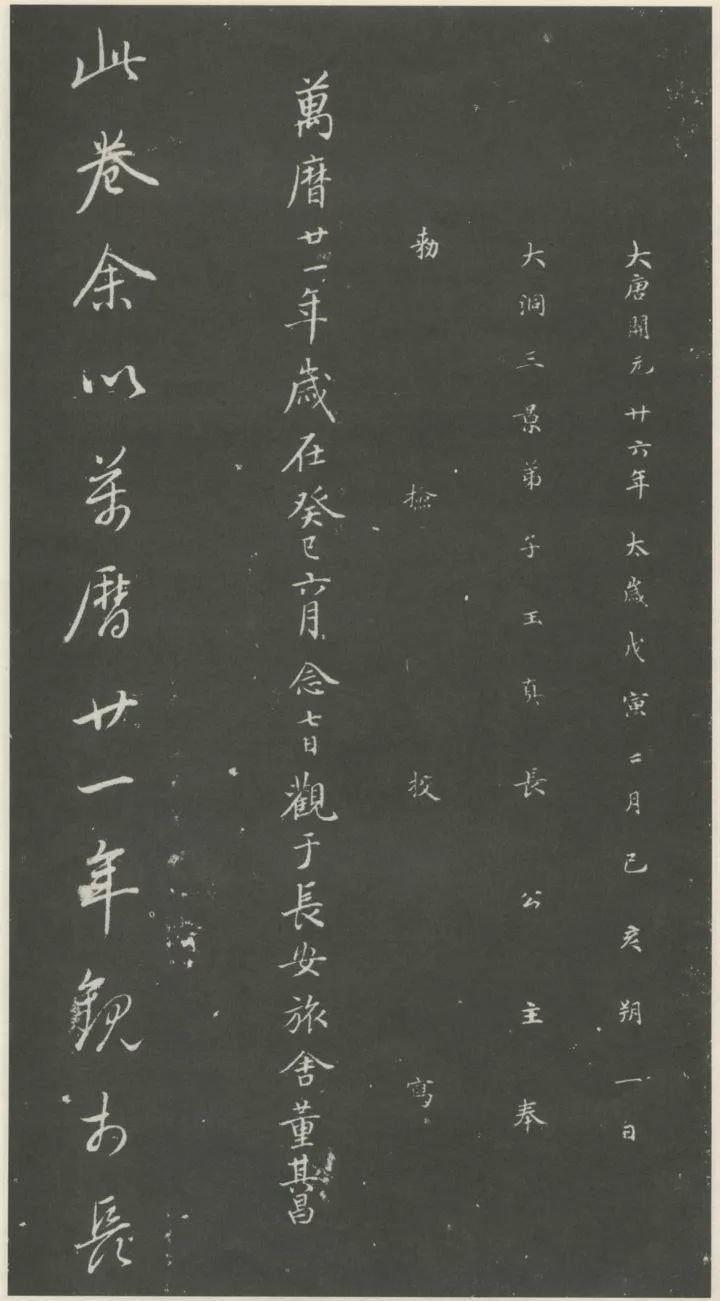
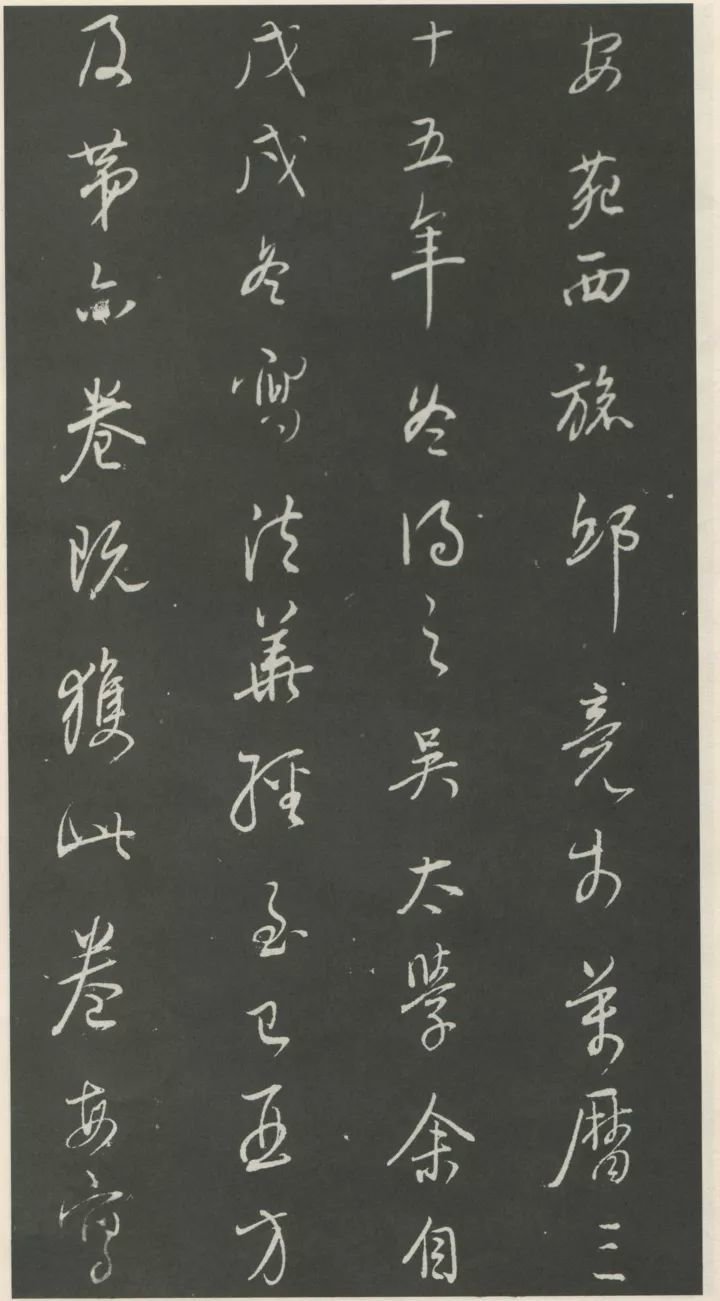
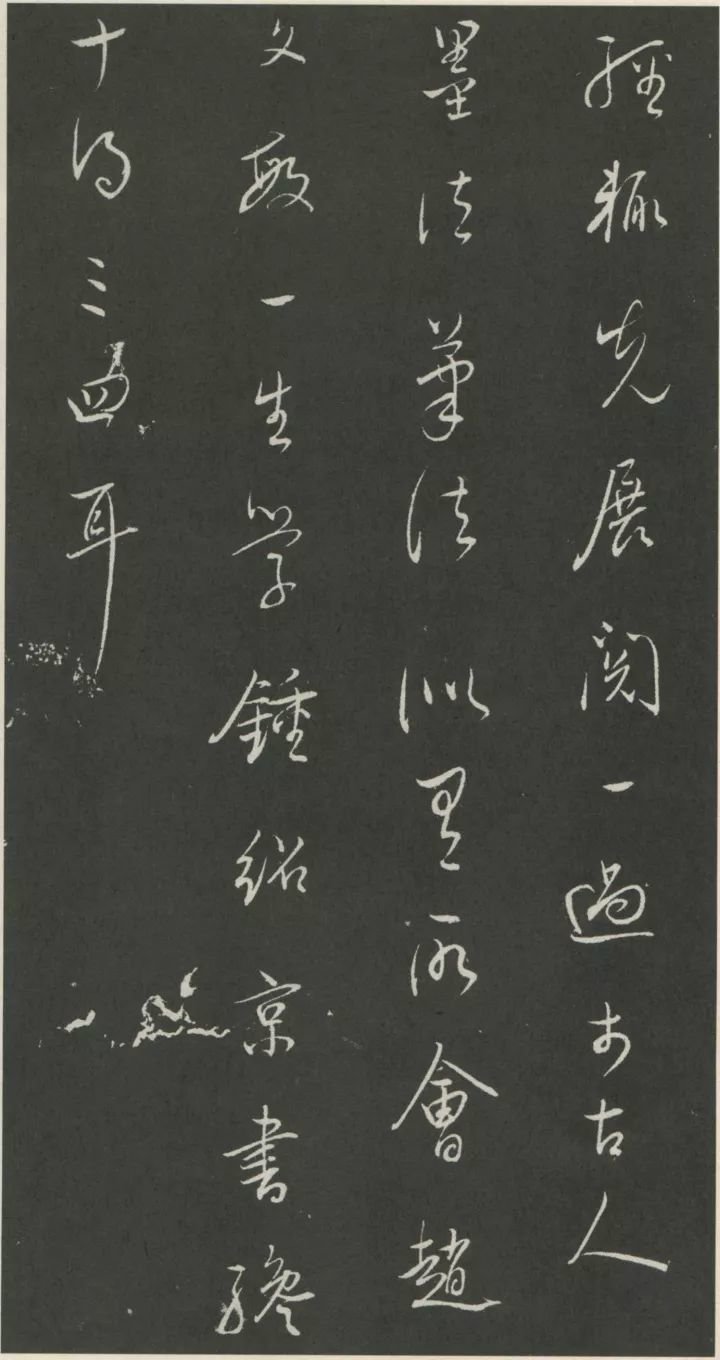
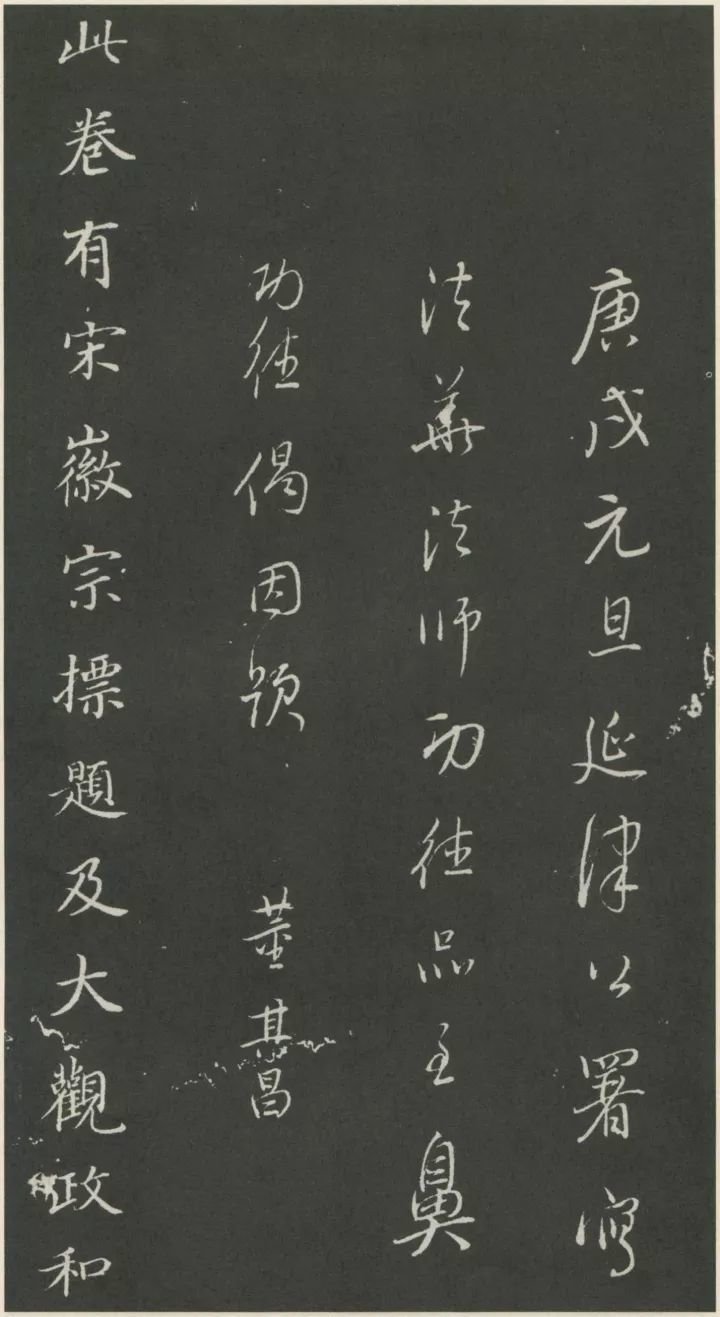
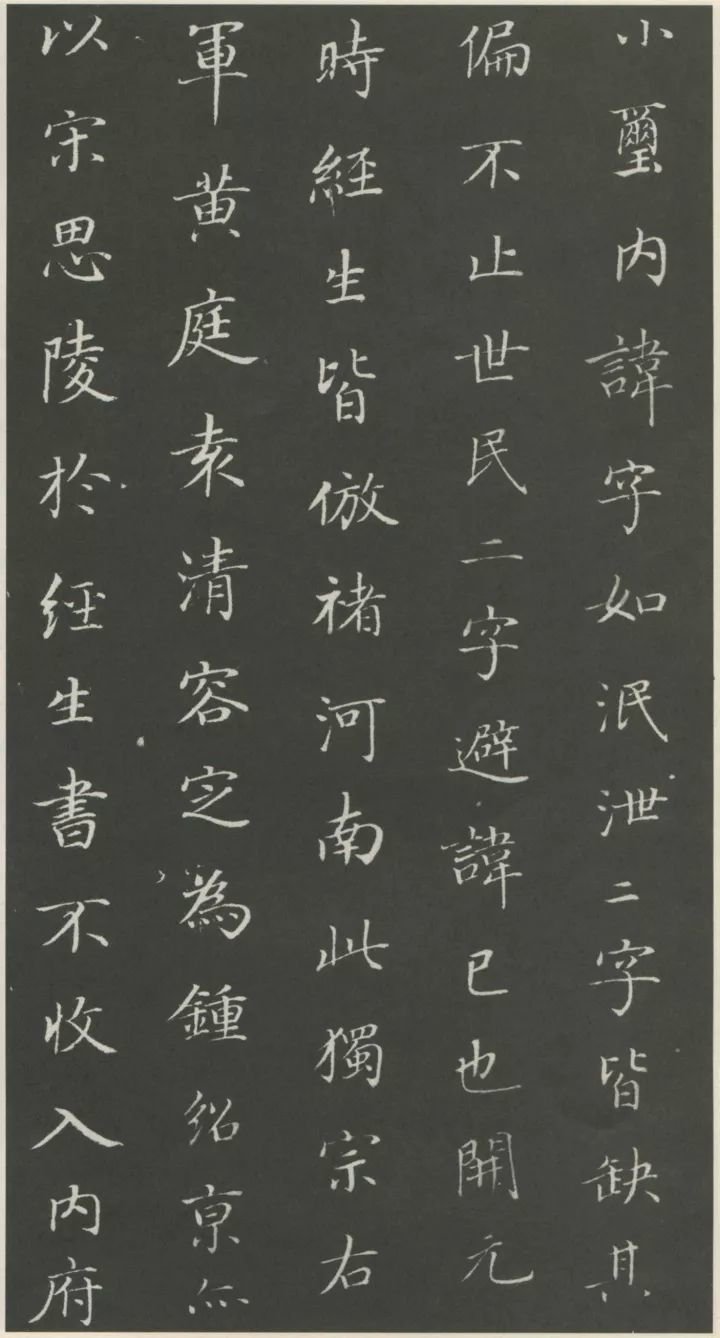
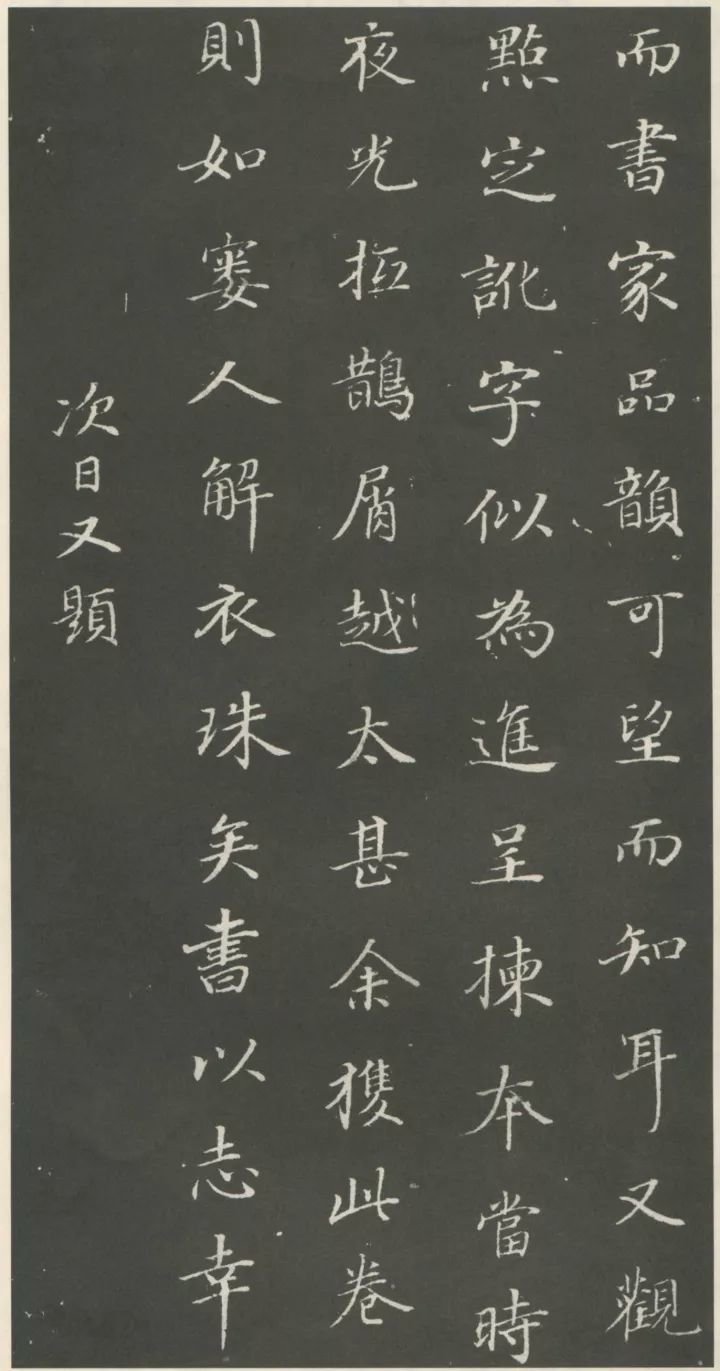
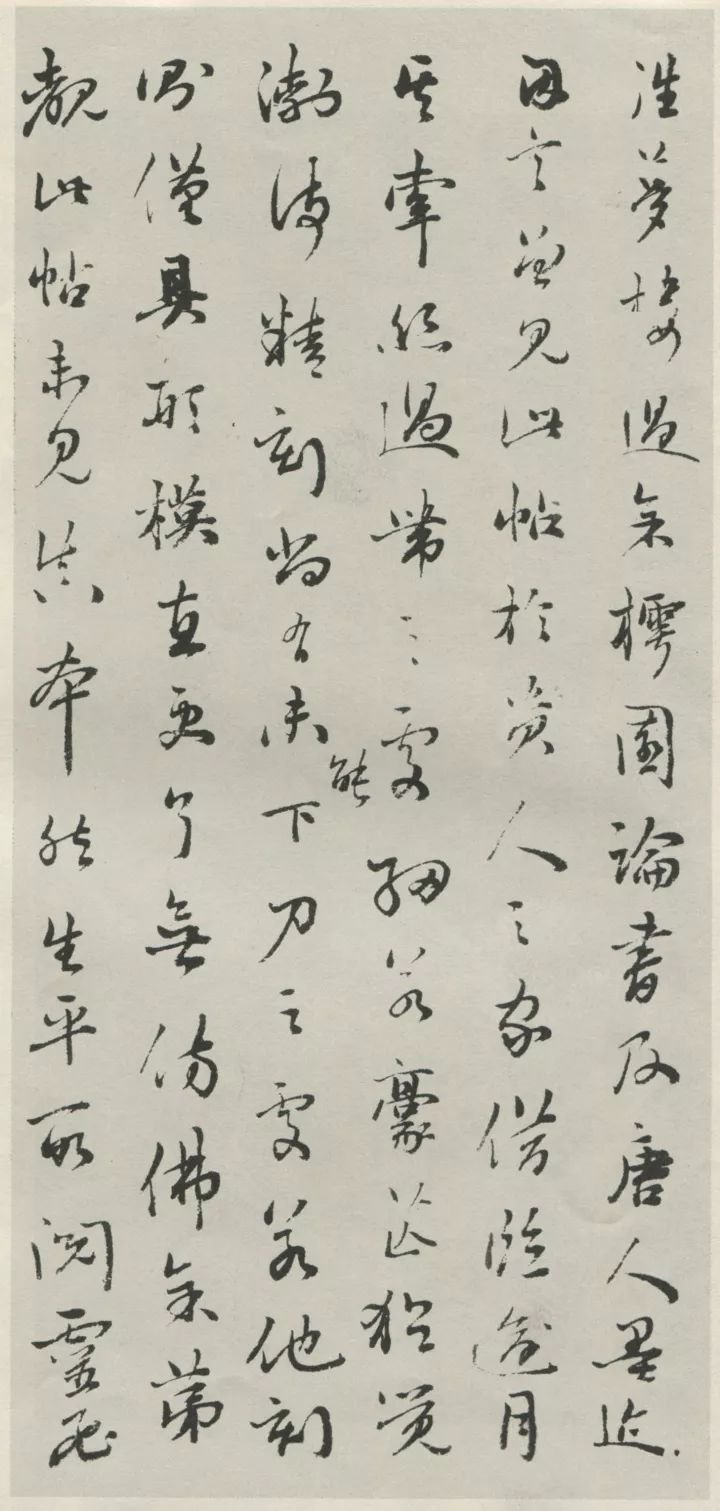
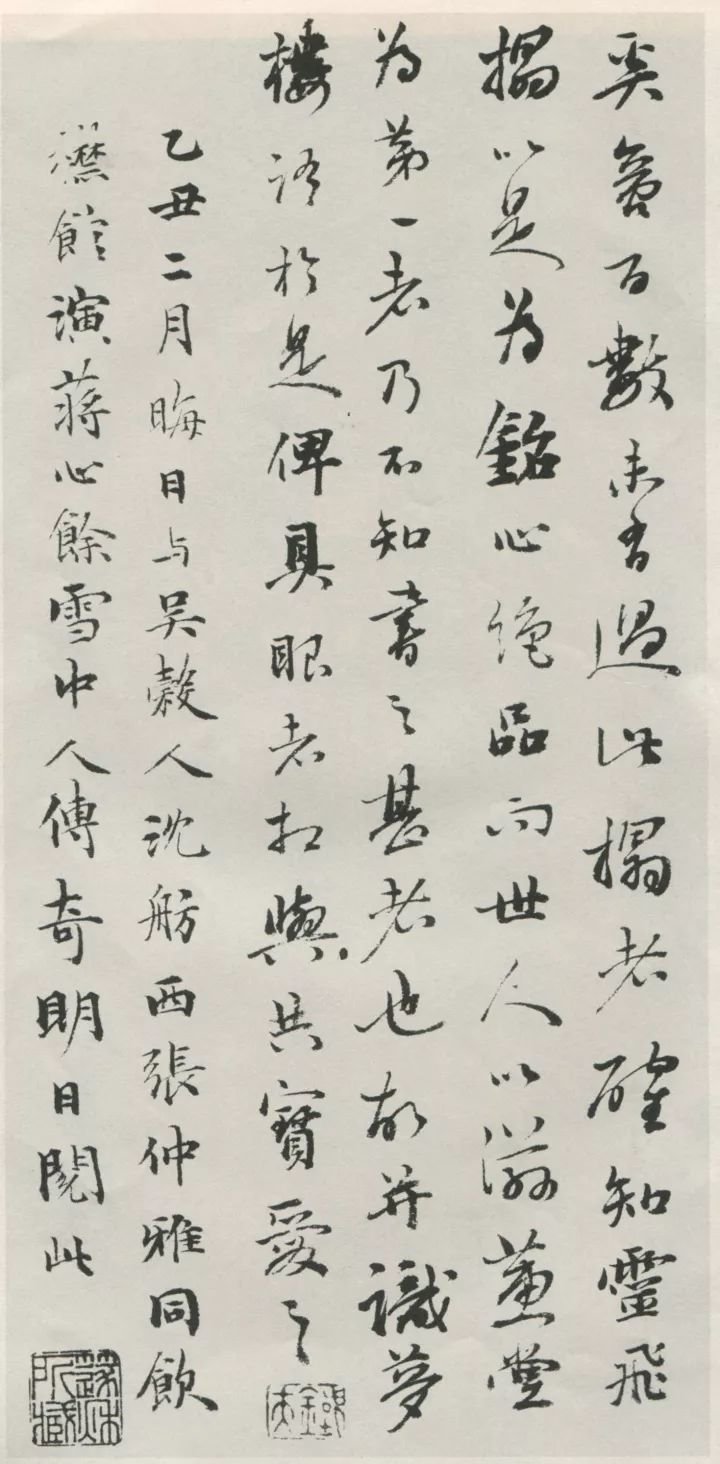
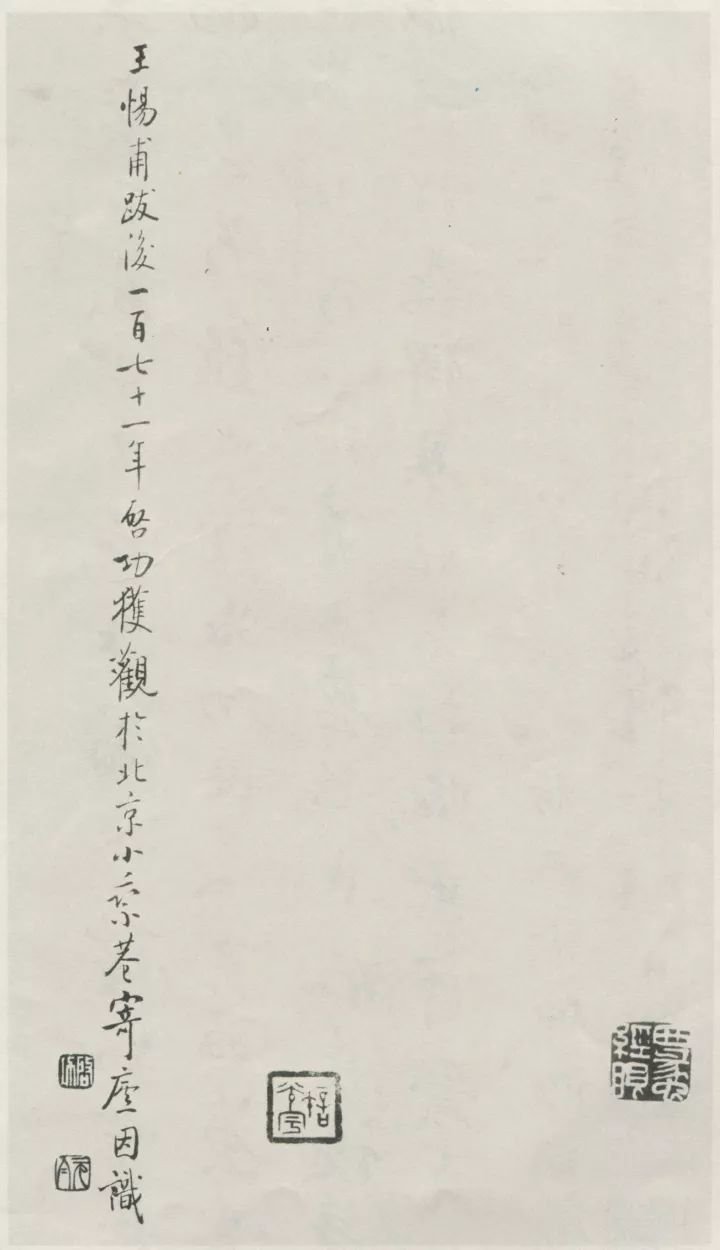
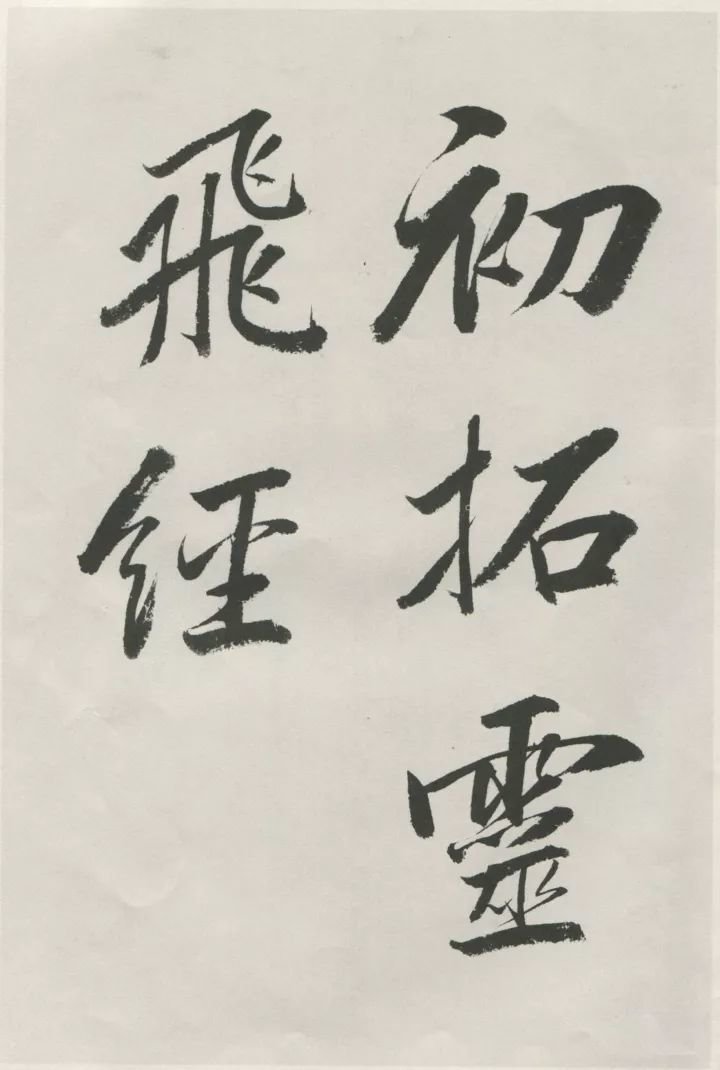
"Ling Fei Jing" Bohai Edition
"Bohai Zhenzhen Tie" was privately engraved by Chen Wei in Haining, Zhejiang. It was carved in the third year of Chongzhen in the Ming Dynasty (1630). Chen Wei (characterized by Yuanrui, Fushen, Xiyuan and Zengcheng) compiled it himself. The name is hand-engraved. Zhang Yong copied the stone. "Bohai Zhenzhen Tie" has a total of eight volumes. There is a list of Ties at the front. It is a collection of ten Dharma books from the Tang, Song and Yuan dynasties, compiled into 8 volumes. The first volume is "Lingfei Jing" written by Zhong Shaojing, the second volume is written by Chu Suiliang and Lu Jian, the third volume is written by Cai Xiang and Su Shi, the fourth volume is written by Cai Jing, Huang Tingjian and Mi Fu, and the fifth volume is written by Mi Fu and Mi Fu. Written by Youren and his son, volumes six to eight are written by Zhao Mengfu.
The word "Bohai" in "Bohai Zhenzhen Tie" comes from the ancestral home of the Chen family, Haining. The Chen family was originally the Gao family, originally from Bohai, after Gao Qiong, the Taiwei of the Song Dynasty. In the early Hongwu period of the Ming Dynasty, Gao Liang entered Chen Mingyi's family in the east of Ningcheng, Hainan, as his son-in-law. His son Rong then inherited his maternal surname as the Chen family, and took his father's Gao family's ancestral home as the county commander, so he was called the Bohai Chen family.
In the Ming Dynasty, the collection of collections of calligraphy became popular. The Chen family of Haining once carved 5 collections of calligraphy, including "Yuyantang Calligraphy" and "Bohai Zhenzhen Calligraphy", starting with "Yuyantang Calligraphy" and "Bohai Zhenzhen Calligraphy" as the last Excellent, this post is also the most widely circulated.
Although "Bohai Zhenzhen Tie" was carved in the third year of Chongzhen (1630), it is estimated that the first volume of "Lingfei Sutra" should have been carved in 1626 before Dong Qichang redeemed the ink of "Lingfei Sutra" from Chen. Due to the direct Copied from the original work, coupled with the superb craftsmanship of the engraver, this engraved volume extremely accurately reproduces the style of the original "Ling Fei Sutra" and is praised by the world. Yang Shoujing's "Xue Shu Yi Yan" commented that "all the authentic calligraphy in the Bohai collection are ink on stone, among which the "Lingfei Sutra" is the most energetic and valued in the world."
However, for unknown reasons, the last 12 lines of the 43 lines of ink that Chen withheld were not engraved into the post. Since the "Bohai Zhenzhen Tie" version of the "Lingfei Sutra" was engraved before the original scroll was split, this inscription is the best engraved inscription that can best reflect the complete appearance of the original work.
The original calligraphy was carved with finely polished Taihu stones, which are fine and hard. The "Ling Fei Sutra" contains seven stone strips about 70 centimeters long and 30 centimeters high. Each strip is engraved with 5 pages and 6 lines per page. In addition to the calligraphy of "Ling Fei Jing" itself, there are also three paragraphs of Dong Qichang's postscript, totaling 5 and a half pages, totaling 35 pages in the book⑨. According to Mr. Zhang Yansheng's "Rare Books and Inscriptions", the original rubbing was intact. Later, the word "Zhu" in the first word of "Zhu Bing" in the third line of page 12 of the rubbing was cracked. In the early Qing Dynasty, the word "Zhaishi" in the second line of page 5 of the rubbing was If the word "Zhaishi" is damaged, the first extension is usually the word "Zhaishi" that is not damaged. According to Wang Zhuanghong's "Tie Xue Ju Yao": in the early Qing Dynasty rubbings of Dong Qichang's postscript, there are no straight cracks between the "Fifteen Years" line and the "Wuxu Winter" line; in the Qianjia rubbings, there are no random knife marks below the latter part of the text. There are 18 random knife marks on the lower part of the lower part of the rubbings made after Daoguang, which is known as the "Eighteen Knife Version". At that time, due to too many vertebral rubbings, the characters were blurred.
During the Taiping Heavenly Kingdom, due to the war, the "Bohai Zangzhen Tie" and "Yuyantang Tie" were seriously lost in the two halls. Some were used to build city walls. Later, the descendants of the Chen family collected and sorted them out and combined them into one frame. , it was renamed "Yan Hai Yu Zhen Tie" and moved to the old house of Chenge. At that time, there were still more than 300 yuan left. Later, after the Anti-Japanese War and the Cultural Revolution, the loss became even more serious. It was not until 1973 that the cultural relics department organized efforts to collect the remaining stones of the Ertang Dharma Tie, and obtained more than 200 pieces. In 1982, the Haining County Government included the Ertang Dharma Tie in the first batch of county-level cultural relics, and among them, the seven-part "Lingfei Sutra" I don’t know if the original stone is well preserved.
The reason for this is related to the writing nature of "Lingfei Jing". Although the ink marks are vivid and lively, a certain custom can occasionally be seen in the threads. The Bohai engraver was not completely faithful to the original inscription, but made certain reductions in the engraving to erase the custom, making the inscription appear simple. delicate and pretty. Compare below and it is not difficult to see the difference between the two.
Another advantage of the Bohai version is that it has a large number of words.
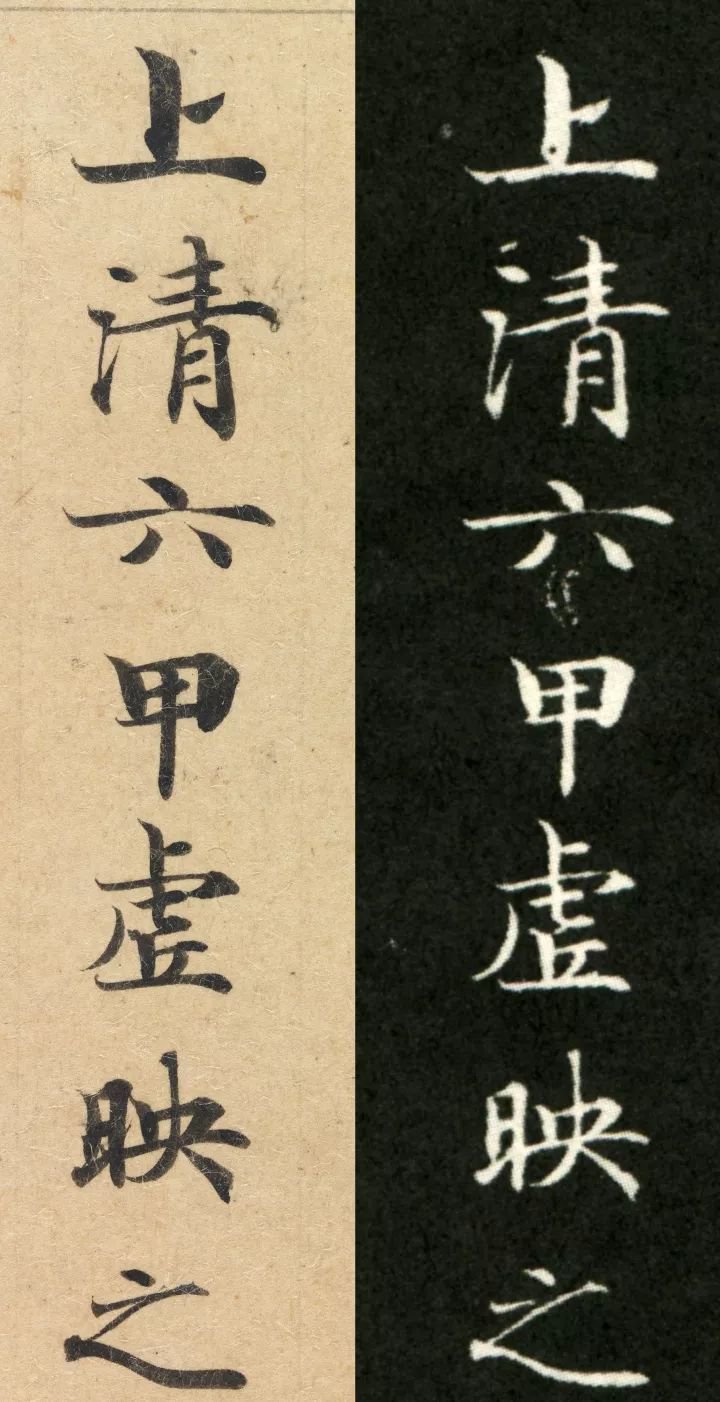
Partial comparison between the Bohai version and the ink version of "Ling Fei Jing"
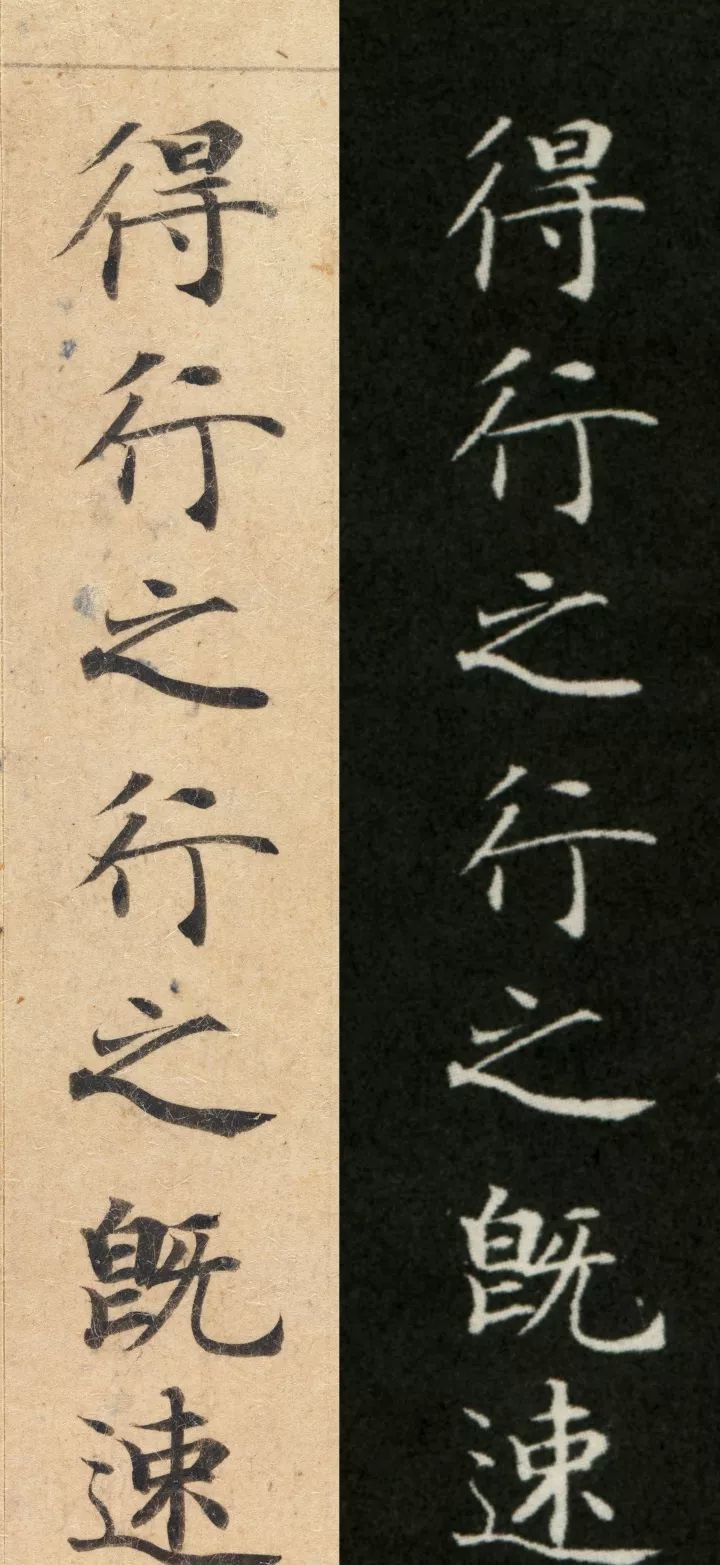
Partial comparison between the Bohai version and the ink version of "Ling Fei Jing"
